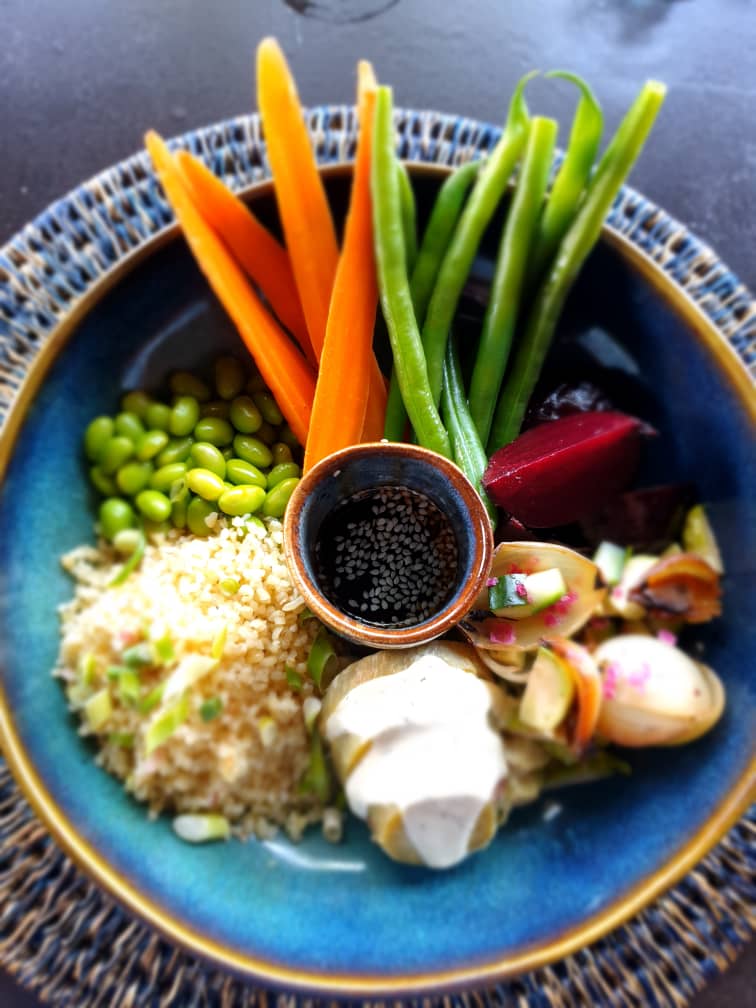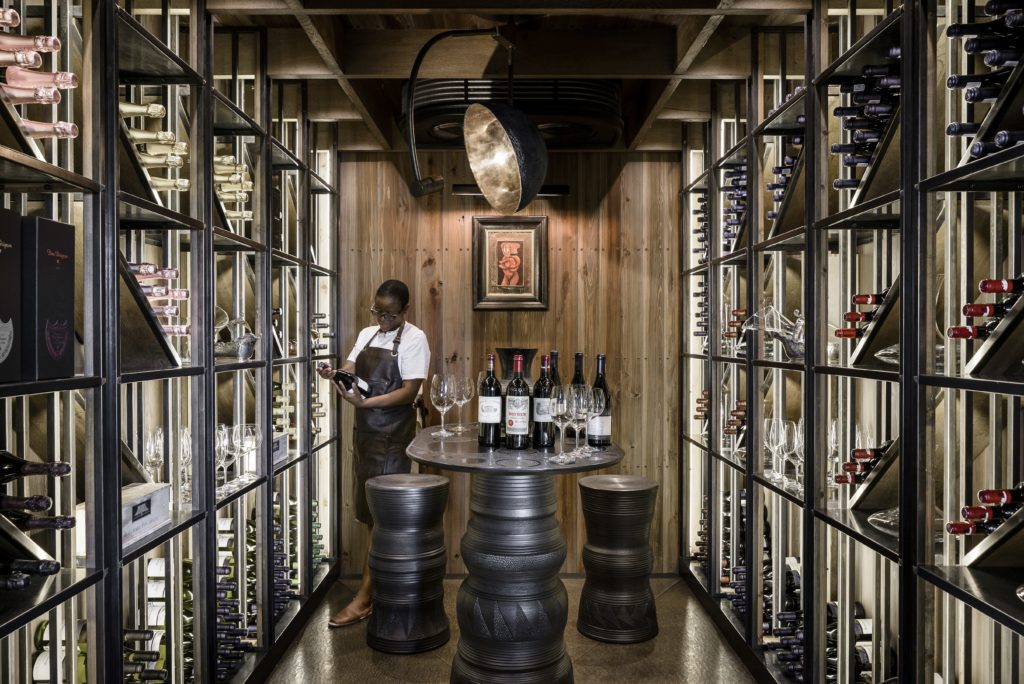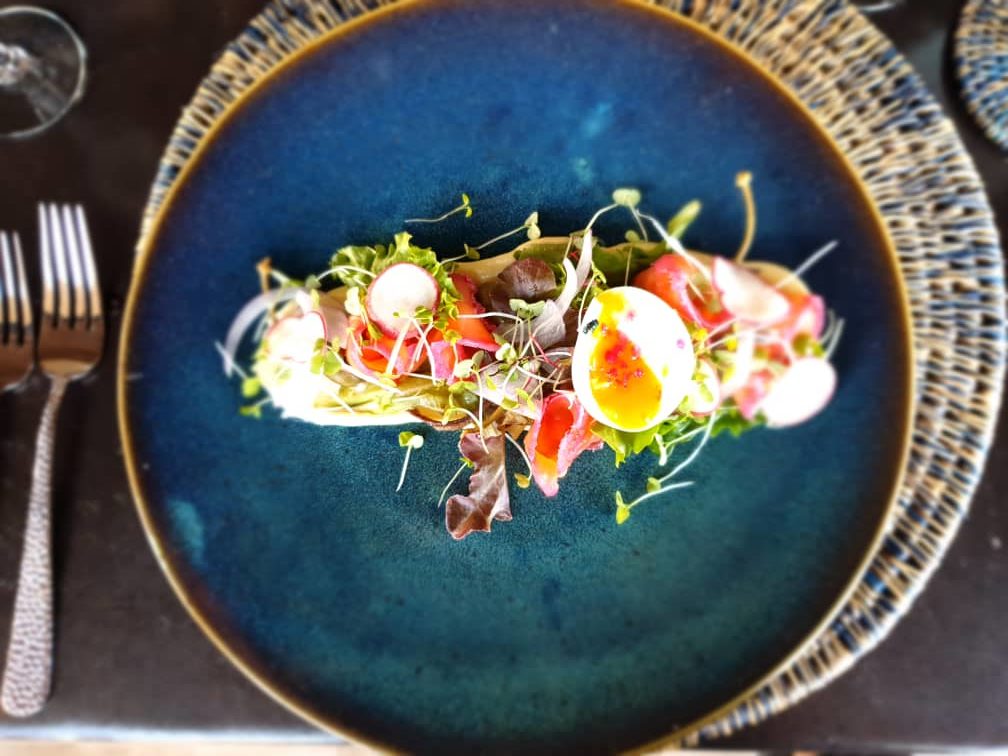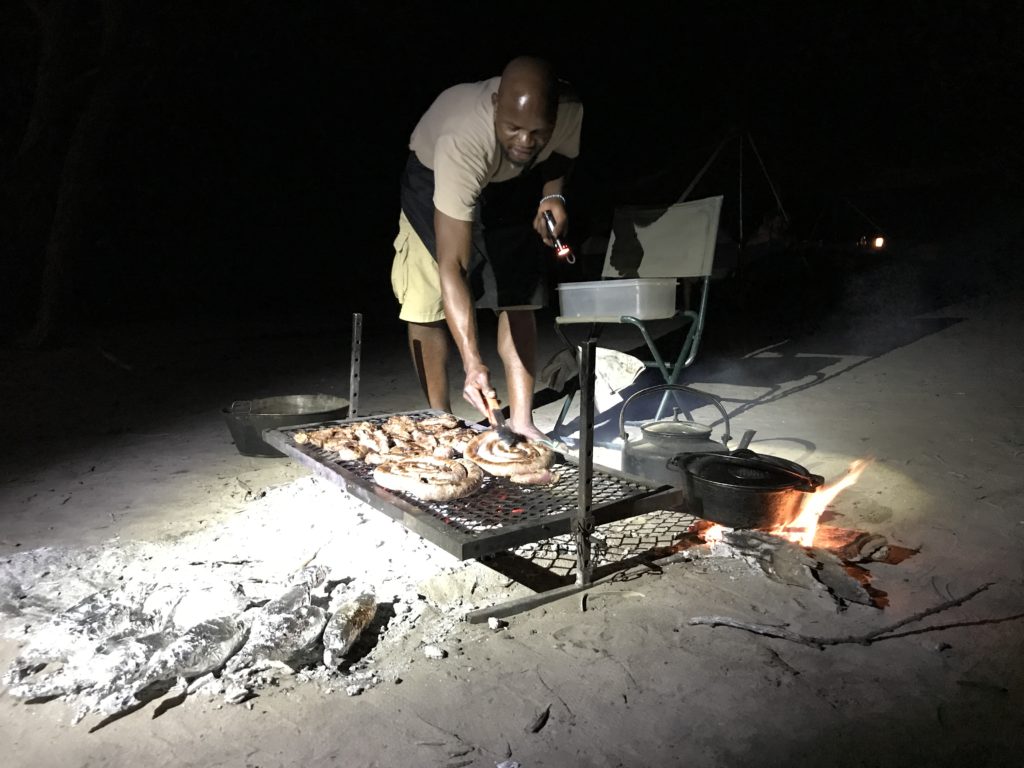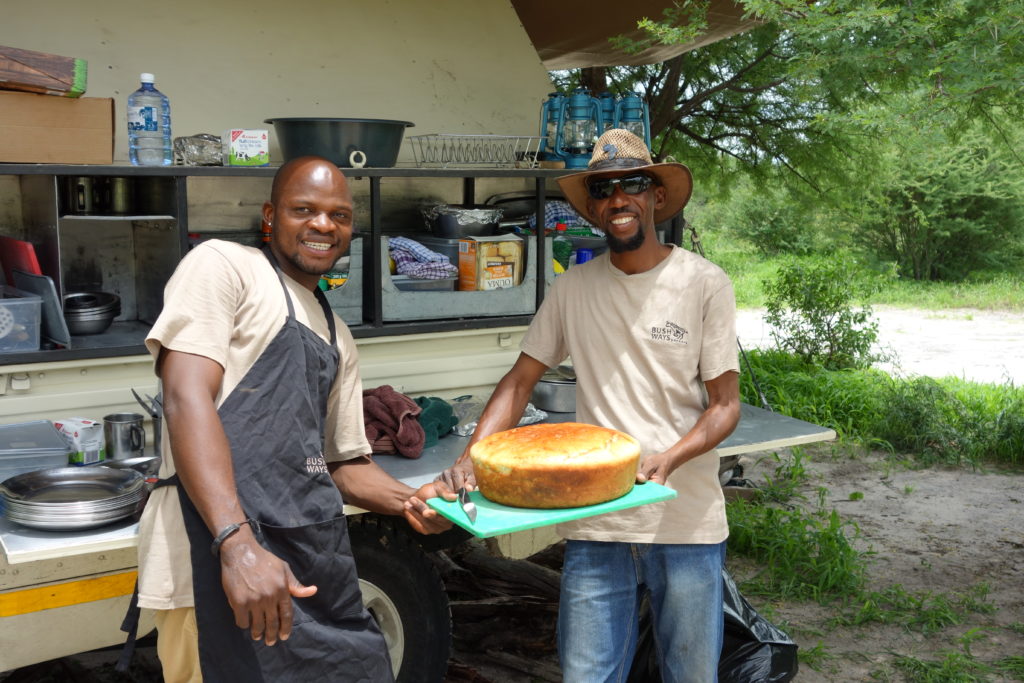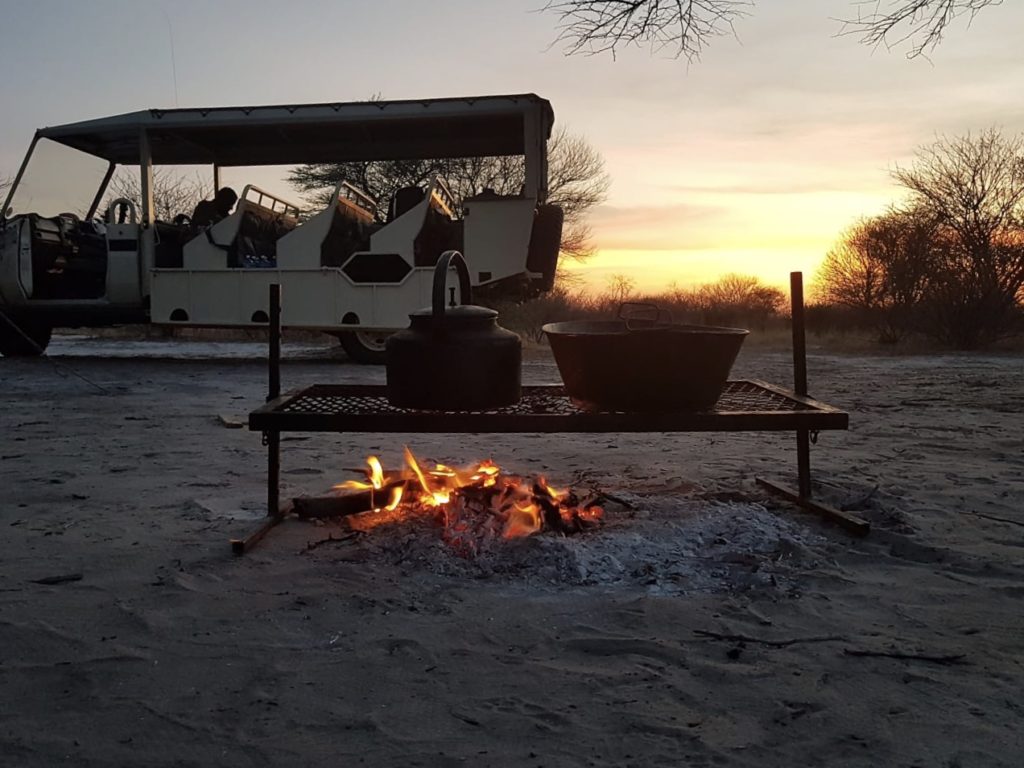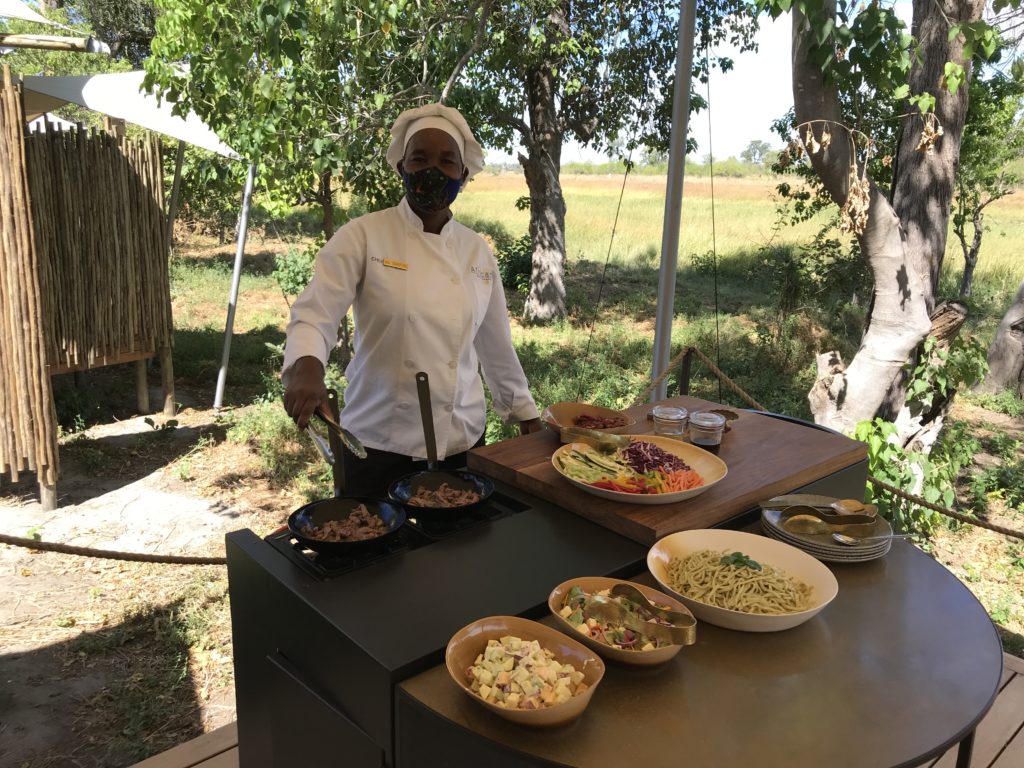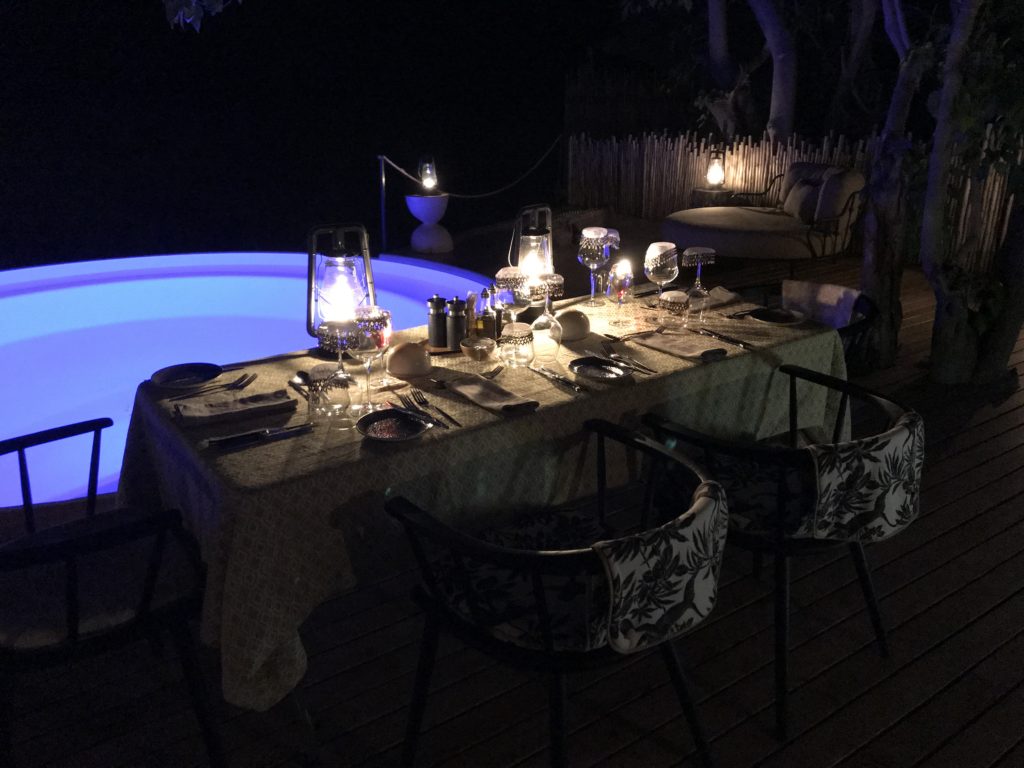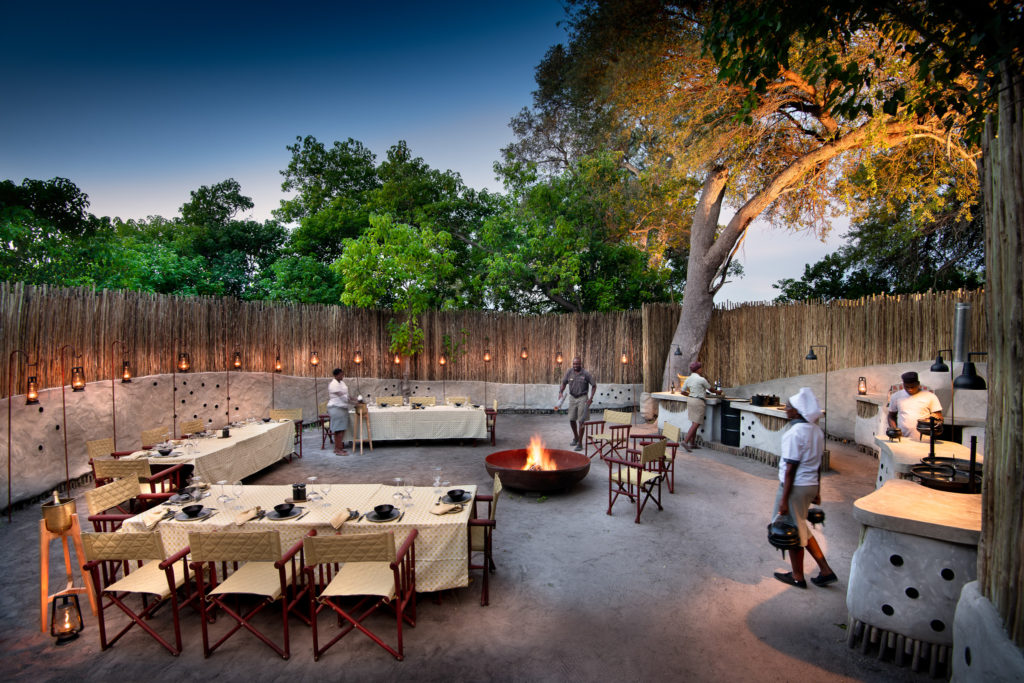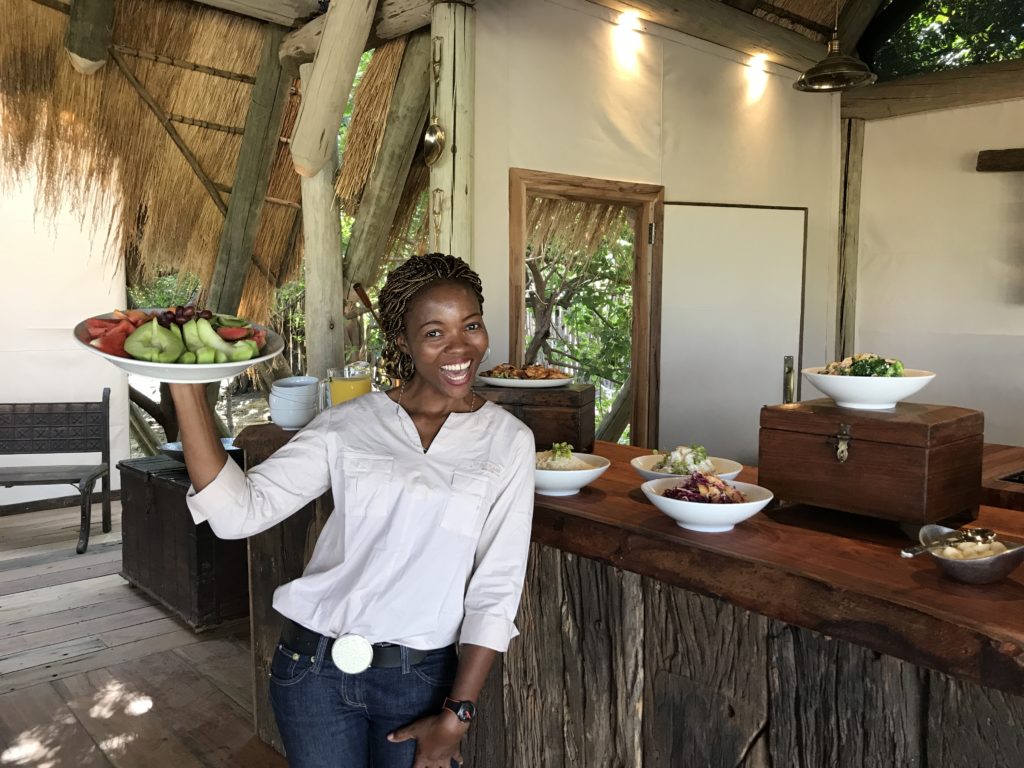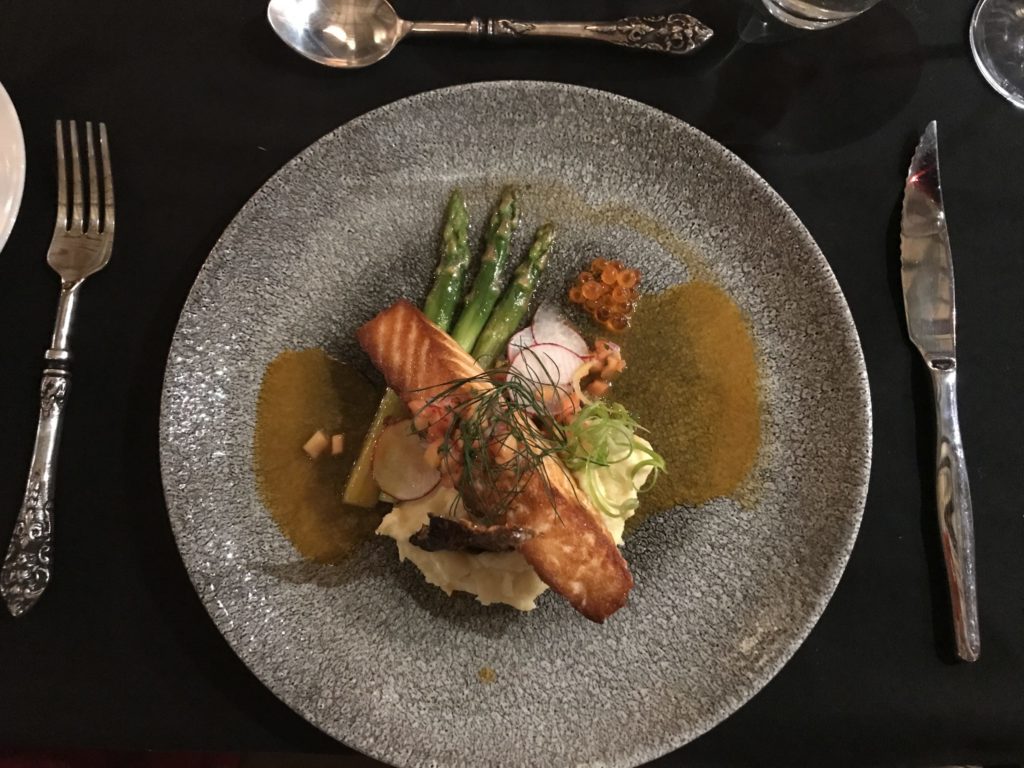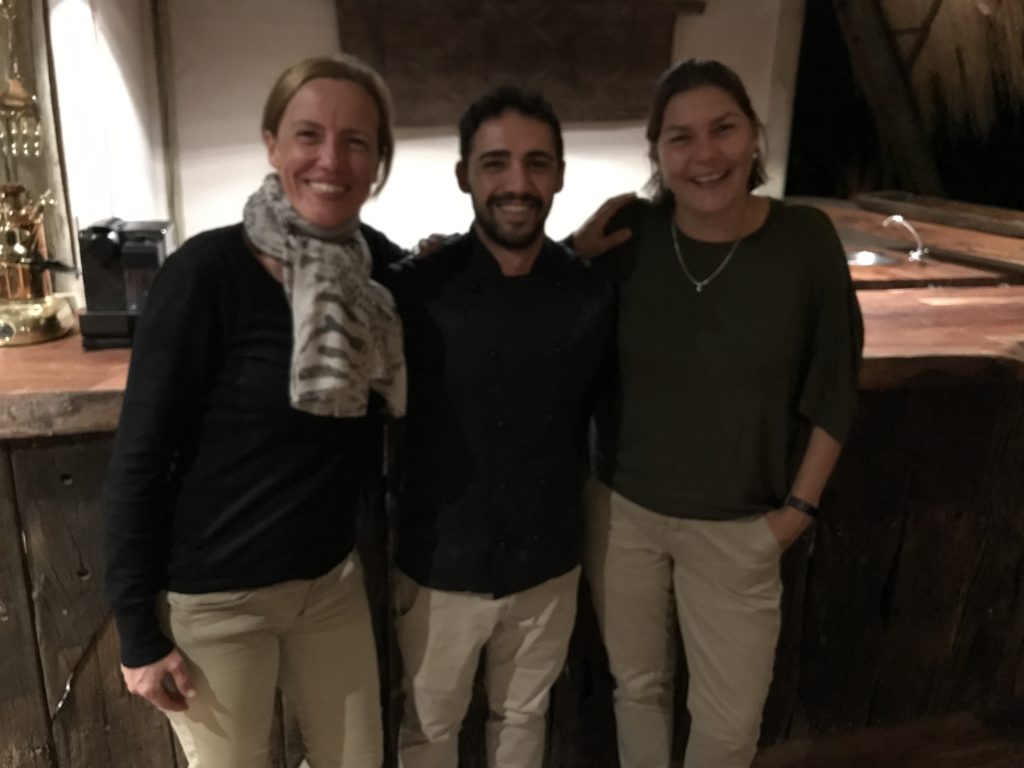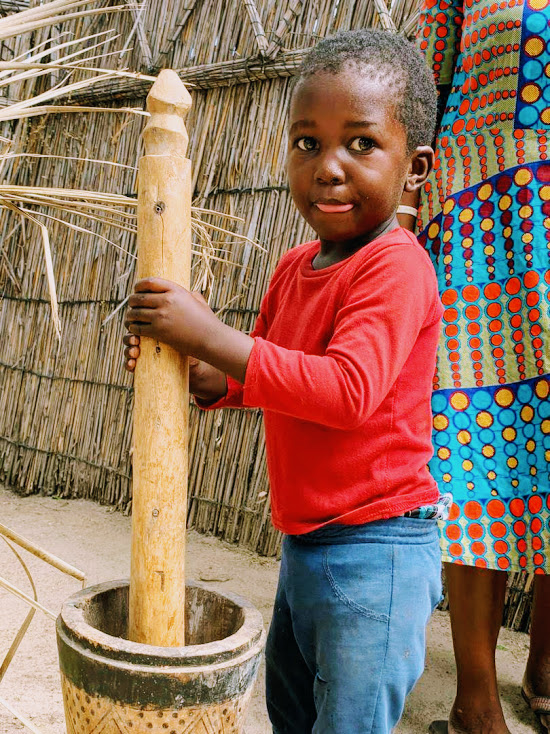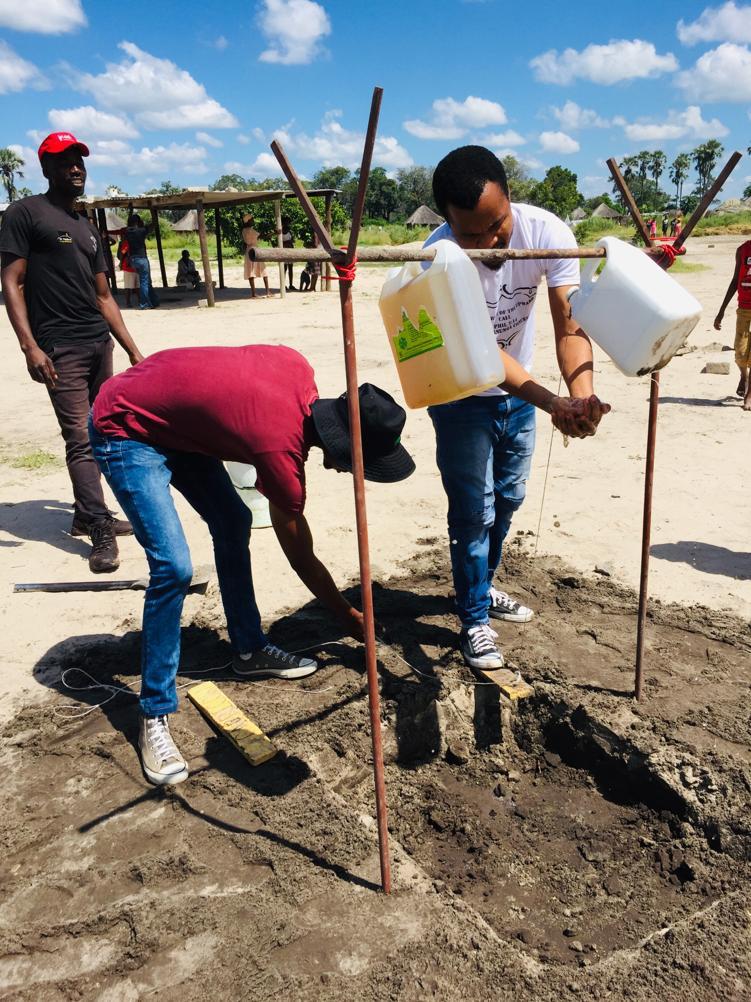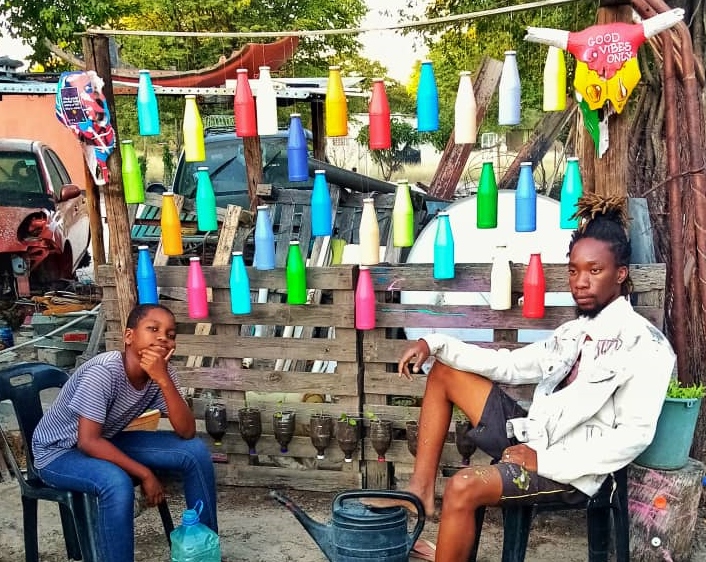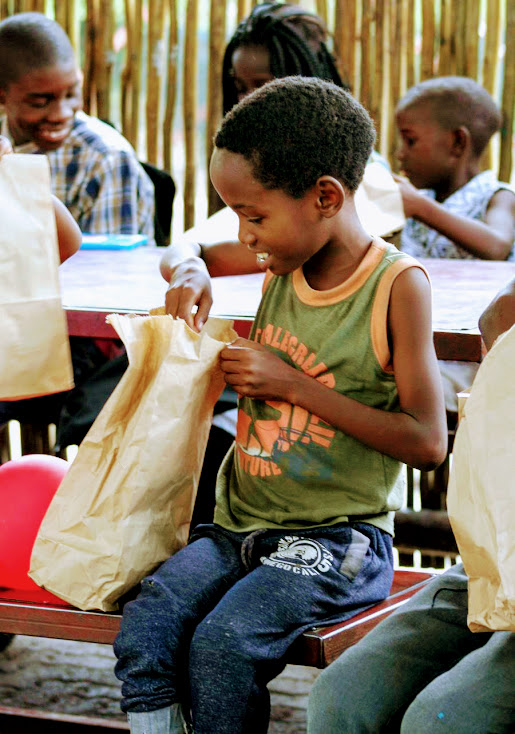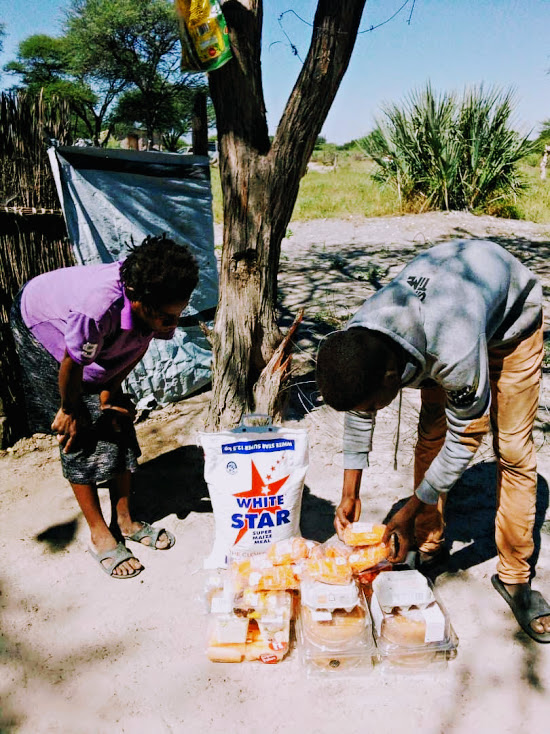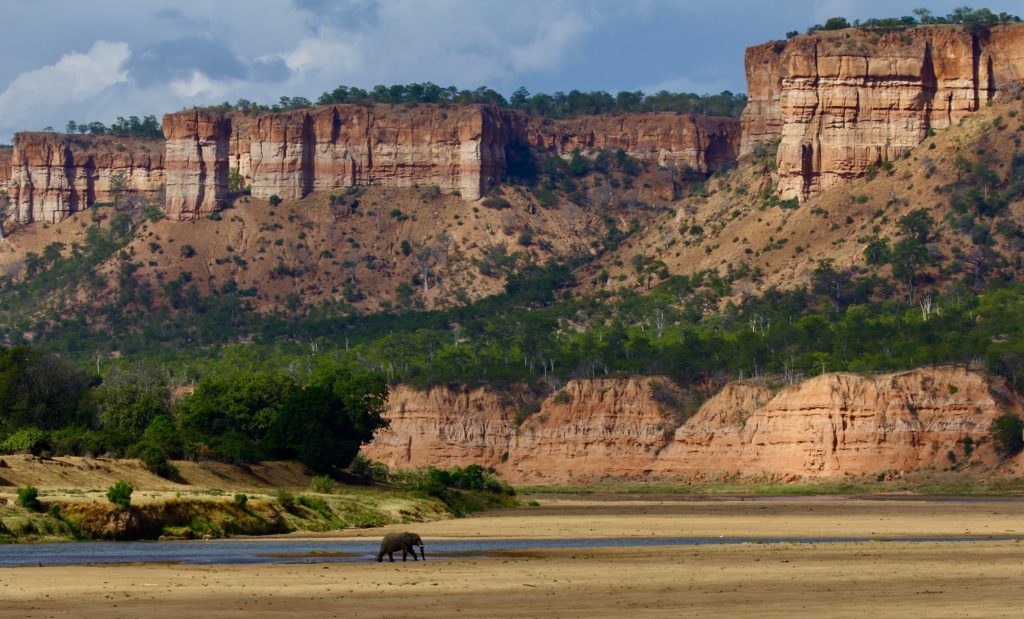Planning a Family-Friendly Safari in Botswana
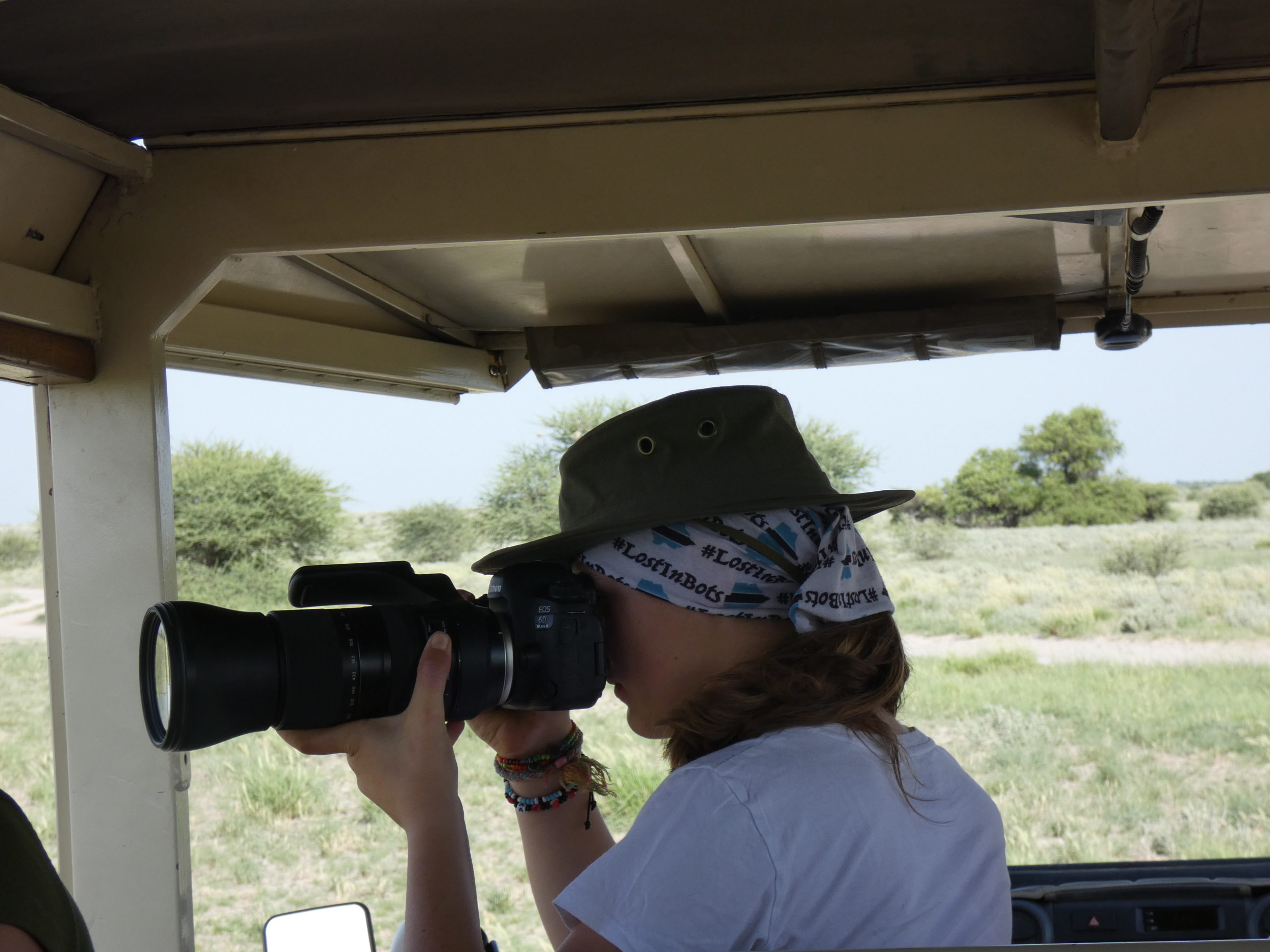
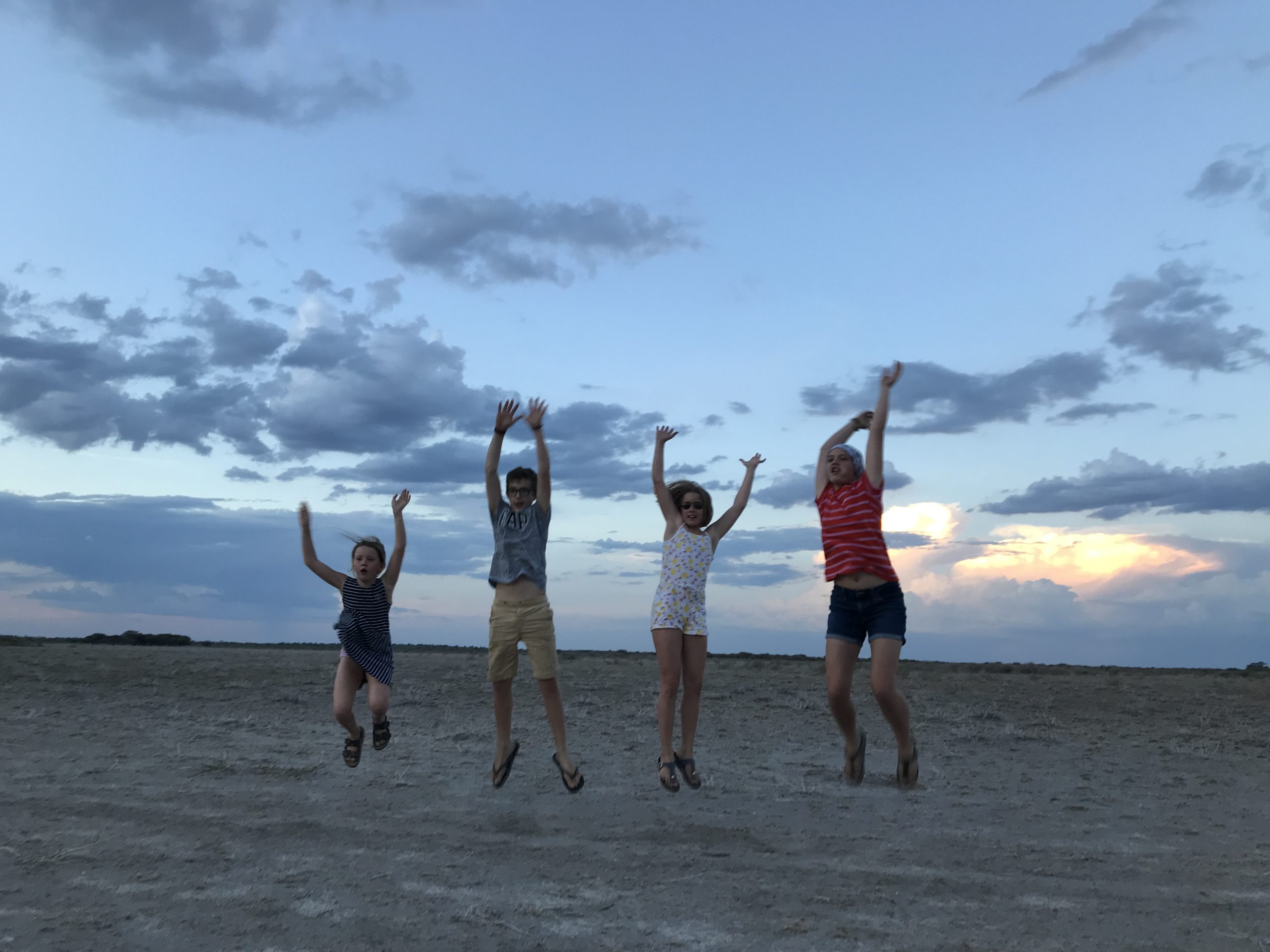
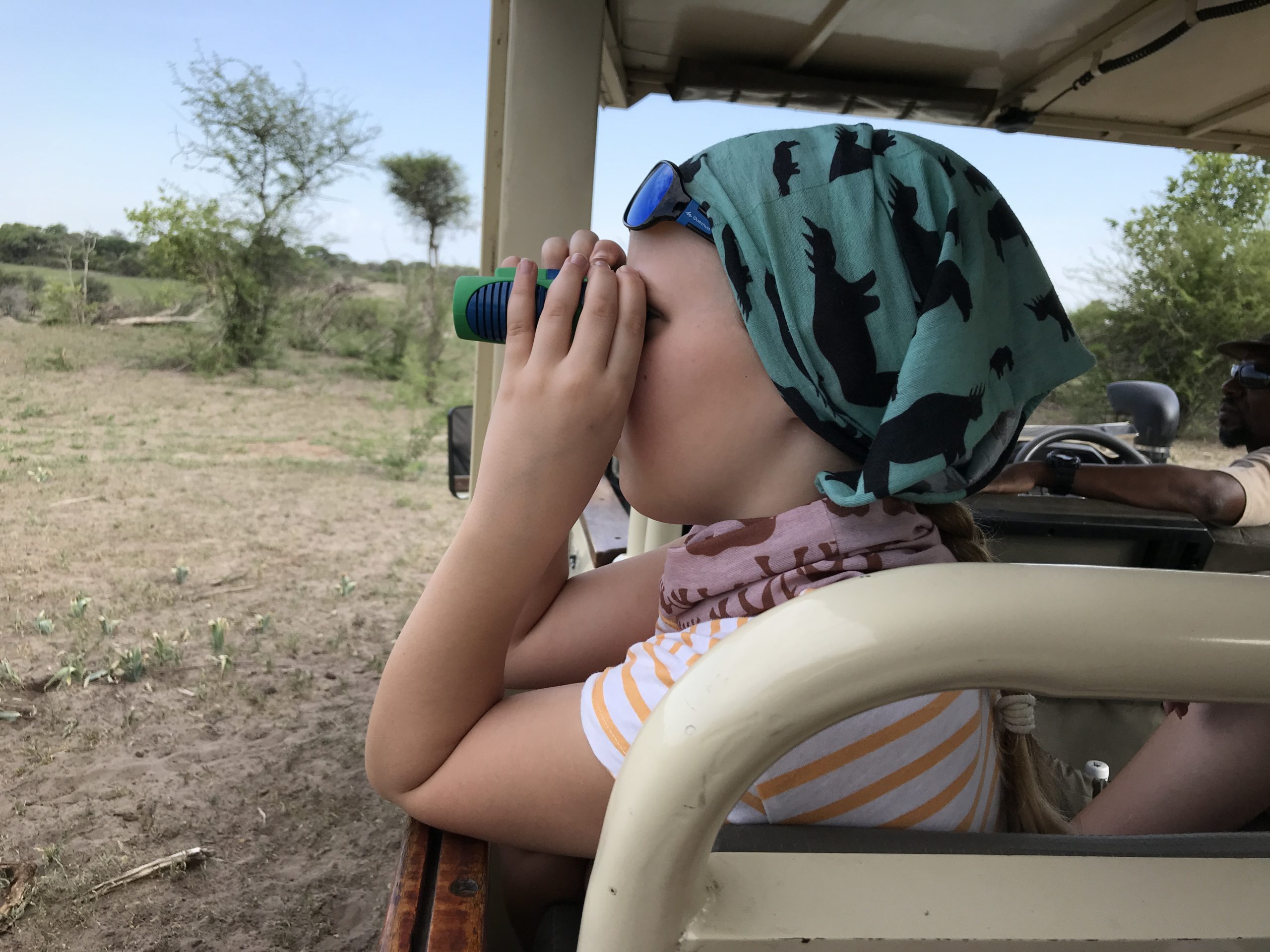
Sharing a safari with children will give you completely new eyes for seeing the bush. A child’s excitement at spotting an impala for the first time is infectious enough to rub off on even the most seasoned of safari goers. When you start seeing the bush from a child’s point of view, the priority of ticking off the big five quickly fades – replaced by the excitement of watching dung beetles at work and imagining the inner-workings of termite mounds.
A family safari is a whole new discovery of the natural world. Not just for kids, but also for adults who usually focus only on photographing the animals that live in it. Best of all, you’ll have time to bond as a family while checking out fresh animal tracks and roasting marshmallows on the campfire.
So, what do you need to know when travelling with children?
Don’t chain me down
Ask a small child if their idea of a holiday is being asked to sit still for four hours, twice a day (or more!) and you’ll probably get a firm no. Even the most disciplined of children will have a tough time containing their excitement when bumping into a pride of lions. They’ll want to wiggle around a little, point at things and start a conversation about what they’re seeing. So let them. Booking a private vehicle is the best way to relax at sightings without worrying about sideways glances from that empty-nester with the massive zoom lens. Private activities give parents space to relax without having to ‘shhh’ kids over stuff that’s really quite exciting (who wouldn’t want to tug someone’s sleeve and gasp ‘look!’ when faced with their first elephant?). Private activities also allow you the flexibility to start and end activities at friendlier times for kids who sleep longer & tire out easier.
Mix up the schedule and keep the kids engaged on safari. Head off on a local village visit in Chobe or explore the salt pans with a quadbike and get introduced to the meerkats of the Makgadikgadi. Take the kids walking with the bushmen so they can practice speaking in clicks or give them a bush archery lesson. Many camps in Botswana offer child-friendly activities with some providing specialised programmes just for children. A private mobile safari is another sure fire way to give kids the space they need, as well as guaranteeing your guide’s undivided attention.
Where the Wild Things Are
Many camps have age restrictions for children to guarantee their safety in the bush, as well as the comfort of other guests in camp. Private vehicles are often a requirement for children under 12, however Chobe is one area where these rules are usually more relaxed. Children are required to share their room with at least one adult to guarantee their safety. Many camps now offer family accommodation to prevent parents splitting sleeping arrangements. Children are generally not allowed on bush walks below 16 years of age or mokoro activities below the age of 12, however certain camps will make exceptions or tweak these activities to make them safer for kids.
The boring stuff – what paperwork do you need to bring?
A trip to Africa is an exceptional adventure and will give your children life-long memories.
To make sure everything goes smoothly however, please ENSURE that you adhere to the regulations in place regarding travel for ALL children under the age of 18.
Botswana continues to have strict rules when it comes to travel with children under 18. Parents have to carry unabridged birth certificates for the children, if single parents travel without the other parent then additional rules apply. Please contact us to find out more, we have handy lists that help preparing for this once-in-a-lifetime safari.
Recommended itineraries for families
At Safari Destinations, we’ve used our first-hand knowledge of Botswana’s camps to create family-friendly safaris which help families get the most from their time in the bush. We are experts when it comes to family room layout, child restrictions, minimum ages etc. Contact us at info@safaridestinations.net to ask about the best options for family travel.
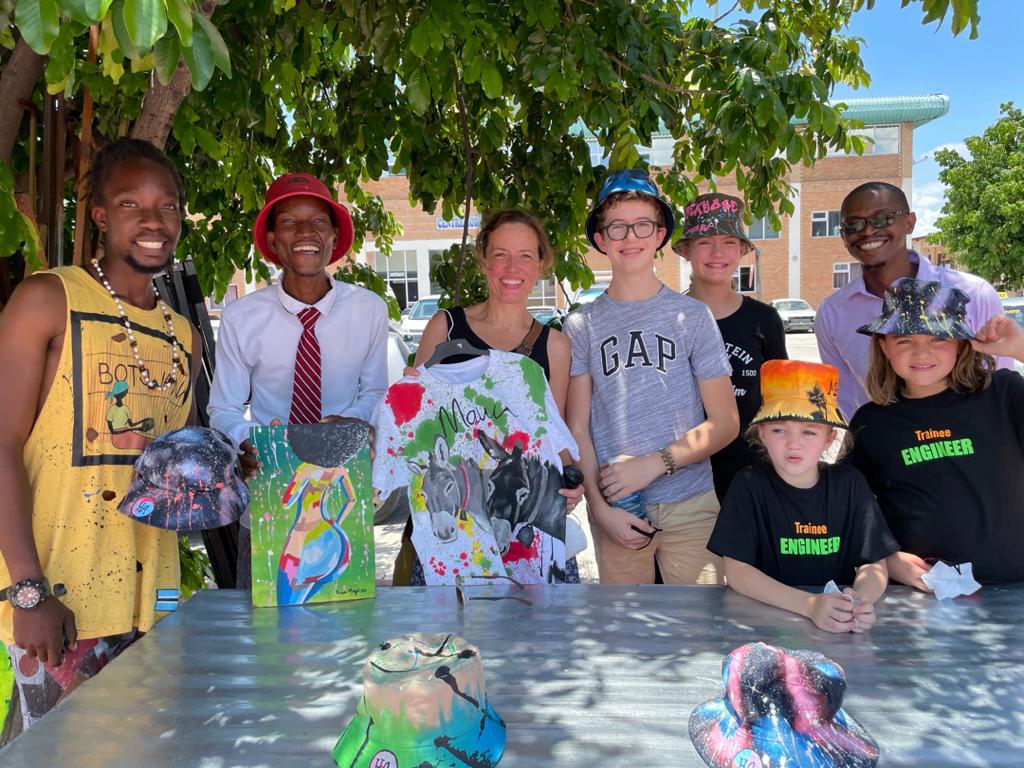
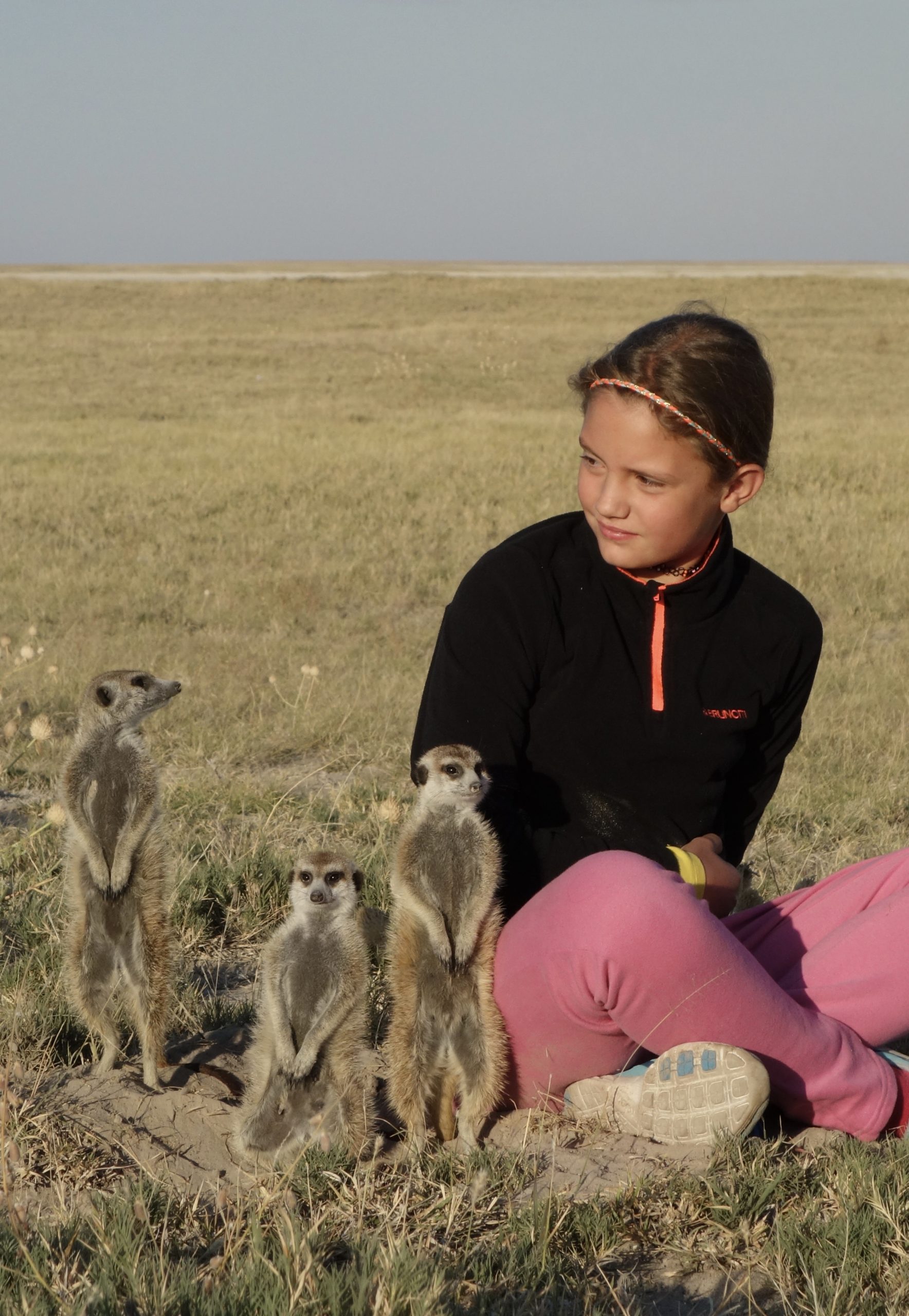
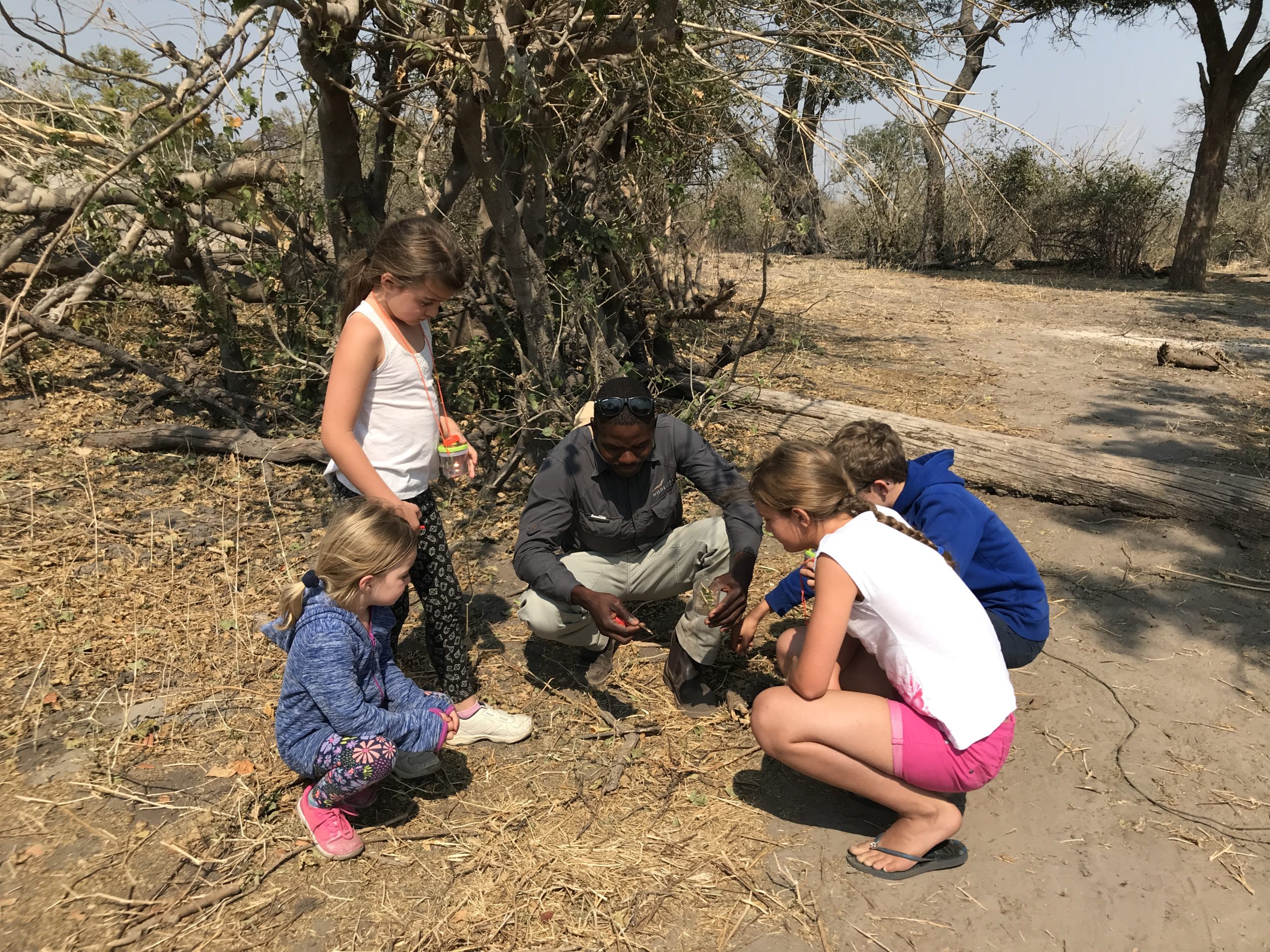
Matusadona National Park and Bumi Hills
THE HIDDEN GEMS ON LAKE KARIBA IN NORTHERN ZIMBABWE
I was very fortunate and felt extremely privileged to visit Lake Kariba twice this year and all in a matter of two months. And both visits impressed me hugely and deepened my love for this amazing country in a way I didn’t think would be possible.
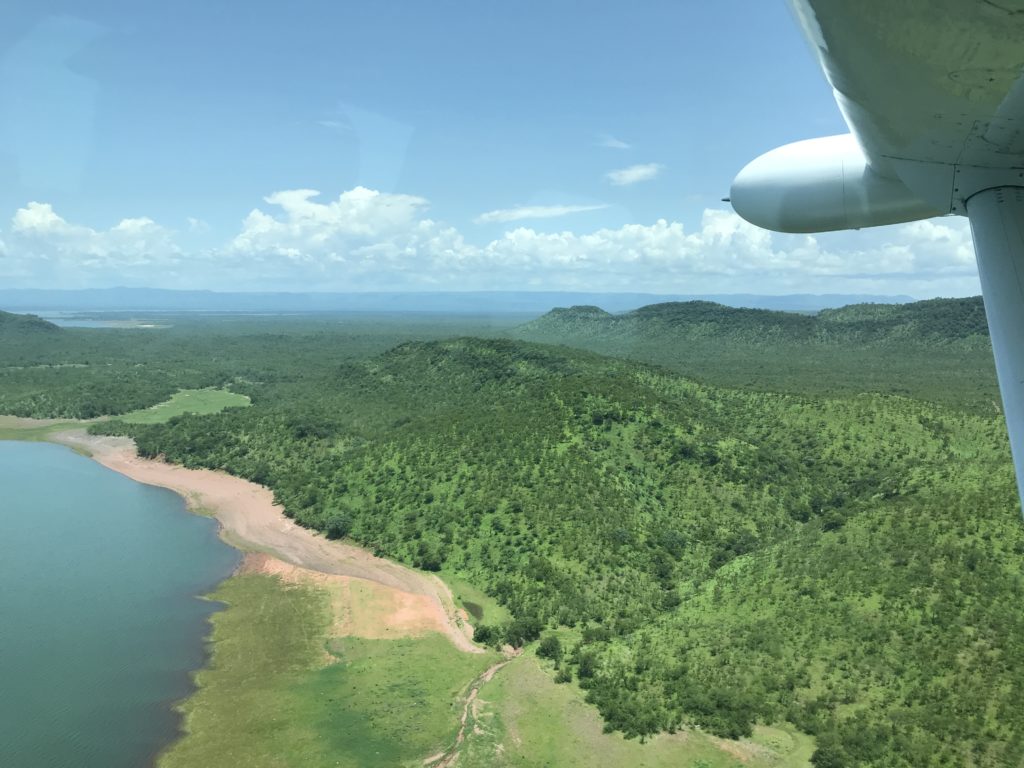
Taking a closer look at Matusadona National Park
This remote park gets its name from the Matusadona hills that form part of its water rich landscape. Flanked by Lake Kariba in the north, and two perennial rivers, the Ume and the Sanyati, Matusadona has it all. The lush landscape is formed by flat grasslands, dry river beds, rolling hills. It boasts a huge variety of mammals and keen birders can expect 240 different bird species.
Where to stay?
- Fothergill Island (luxurious camp, ideal for families and small groups)
- Changa Safari Camp (classic safari camp)
- Rhino Camp (authentic experience)
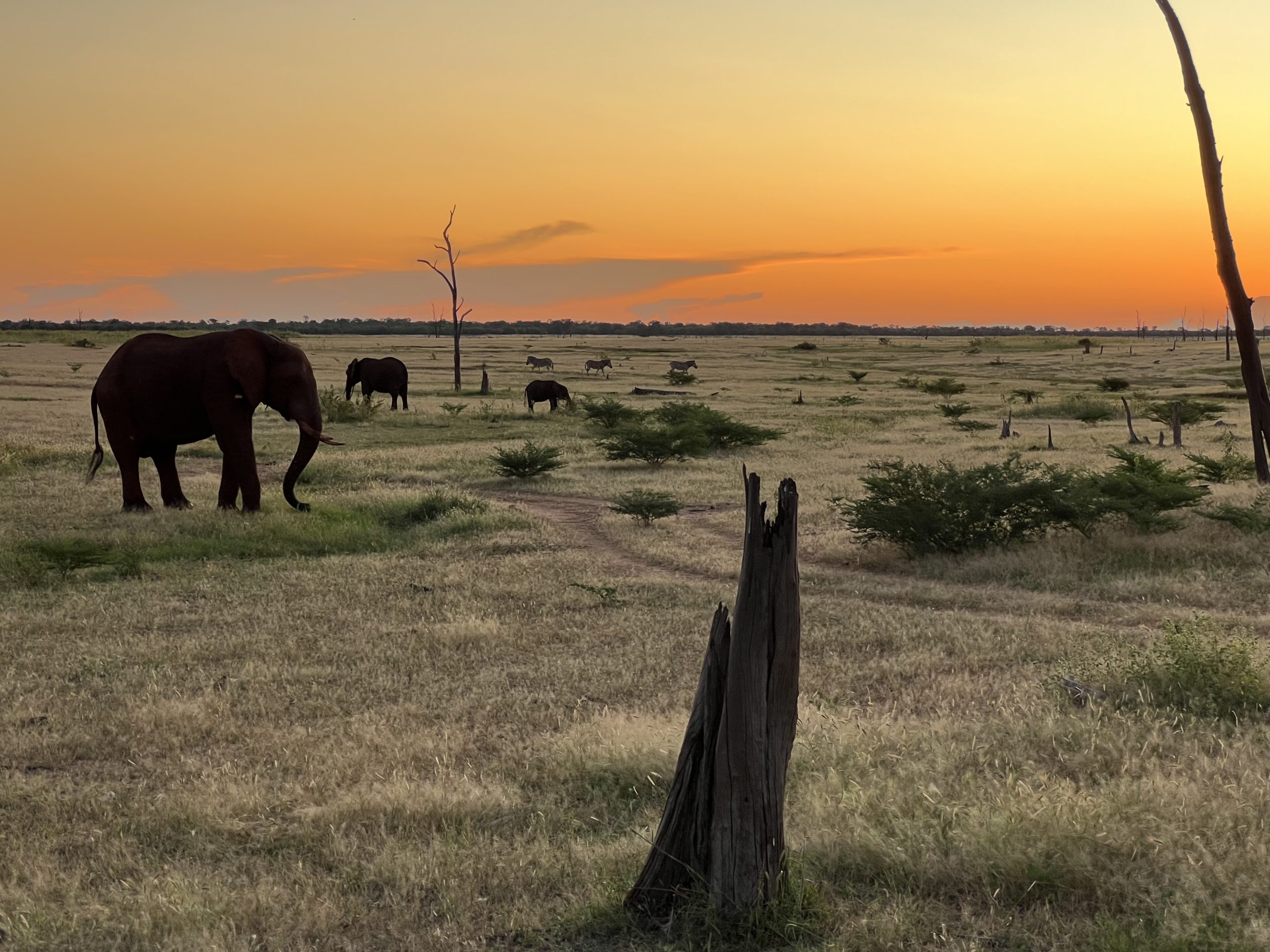
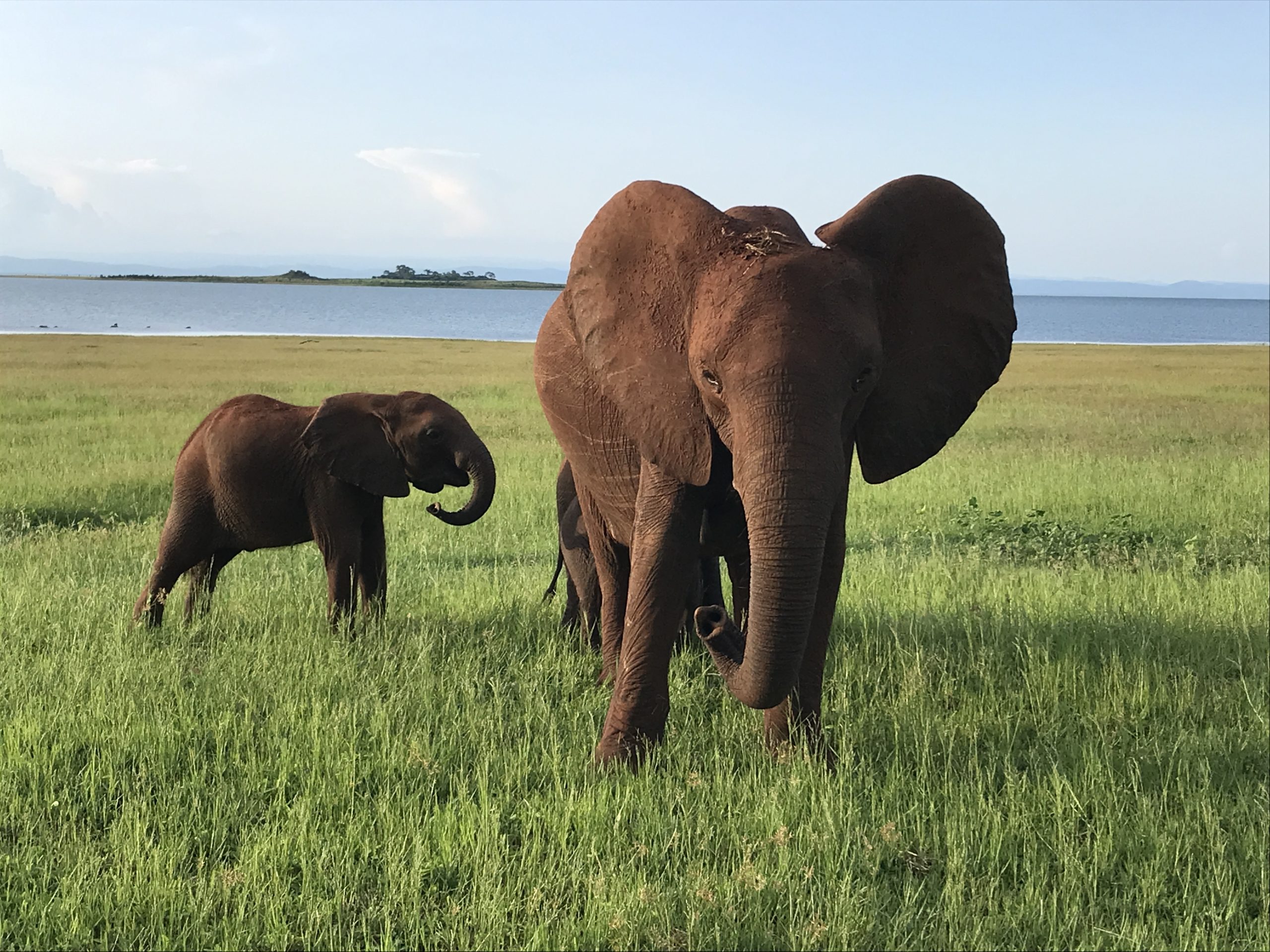
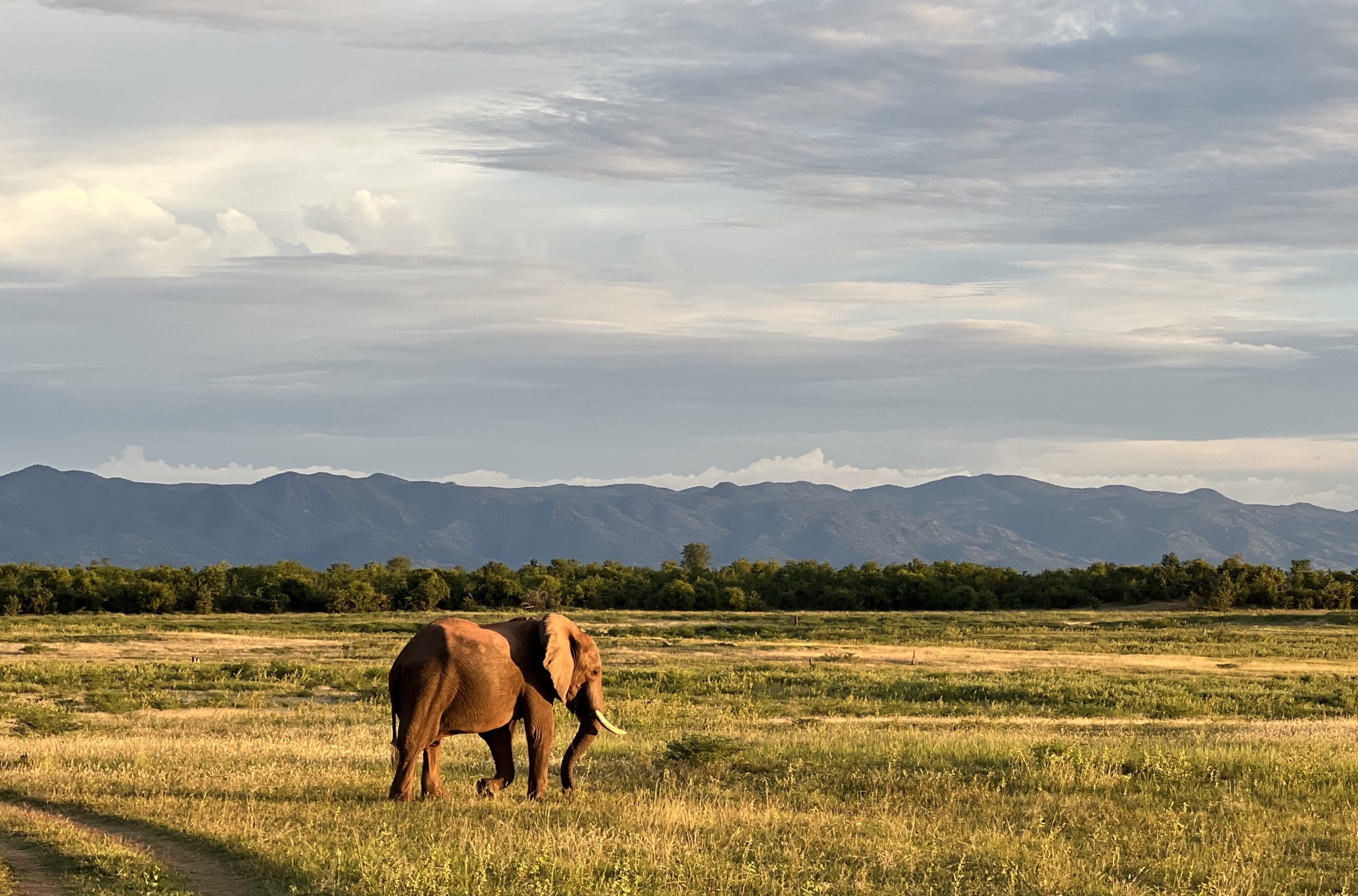
Taking a closer look at Bumi Hills
Bumi Hills is named after a group of hills overlooking the southern shore of Lake Kariba. The view from the top of the hill is magical and famous for its magnificent sunsets with the Zambezi escarpment as a backdrop. The area is also often referred to as the Zimbabwean Riviera, with the colourful reflections on the water and the palmtree dotted shore. The wildlife-rich area offers incredible game viewing which has improved tremendously over the last years also due to the amazing efforts of the Bumi Hills Anti-Poaching Unit.
Where to stay?
- Bumi Hills Safari Lodge (luxurious camp on top of the Bumi Hills)
- Musango Safari Camp (authentic experience on the shores of the lake)
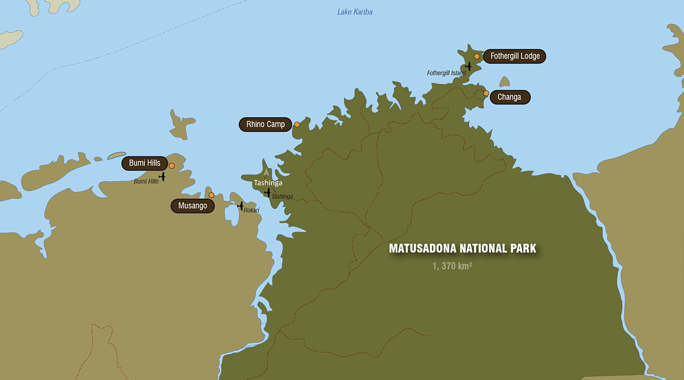
Why travel to Lake Kariba?
- All year destination
- Untouched wilderness
- Easy access by air from Harare and Victoria Falls – Fothergill and Bumi airstrips
- Bumi Hills – private concession
- Matusadona National Park managed by African Parks
- Land and water experience
- Variety of experiences: game drives, motorboating, fishing, walking
- Remote with few visitors, very exclusive experience
- Visit the Bumi Hills Anti-Poaching Unit and learn more about their amazing work
For more information about this magnificent area please contact info@safaridestinations.net.
Culinary Safaris: To Expect The Unexpected
I am sure many of you think that a great safari does not mean great service or amazing food. I would like to strongly disagree.
Amazing food comes in many shapes and tastes. On safari you have the choice between culinary highlights on the level of Michelin-star-cuisines and deliciously authentic food cooked on a campfire. These don’t contradict but compliment each other. Here are some examples of the finest food experiences in Botswana:
Xigera Safari Lodge by Red Carnation
Xigera is an intriguing and magic place. It offers undoubtedly the highest level of culinary experiences in the Okavango Delta. Their wine cellar has the largest selection of wines and champagnes in Botswana.
Bush Ways Mobile Safaris
Guests always rave about the delicious food they enjoyed on their mobile safaris. I can only agree, the tasty meals the camp assistants and guides create are just mouthwatering. In German we have a saying called “love goes through the stomach”, that is exactly what happened to me 20 years ago when I fell in love with the freshly baked bread on my first ever camping safari, the baker who was also my guide has been my husband for 17 years!
Khwai Leadwood by African Bush Camps
Every meal is a surprise. Breakfast is served around the campfire overlooking the Khwai River and Moremi Game Reserve. Lunch is a combination of fresh and healthy choices, always freshly prepared in front of the guests. For dinner the guests enjoy a variety of venues, the Boma, a private table set up at the pool, or a surprise dinner on the deck of your tent. We had the pleasure of experiencing Khwai Leadwood on a recent stay and were very impressed.
Selinda Camp by Great Plains Conservation
For all guests that look for the exclusivity of an excellent private concession topped by excellent service and the food, what can I say? Dinner felt like being in a Michelin-Star-Restaurant. The creativity and perfect presentation of all meals is impressive. Selinda is the perfect lodge for food & wildlife lovers.
Travel during Covid through the eyes of an Expert
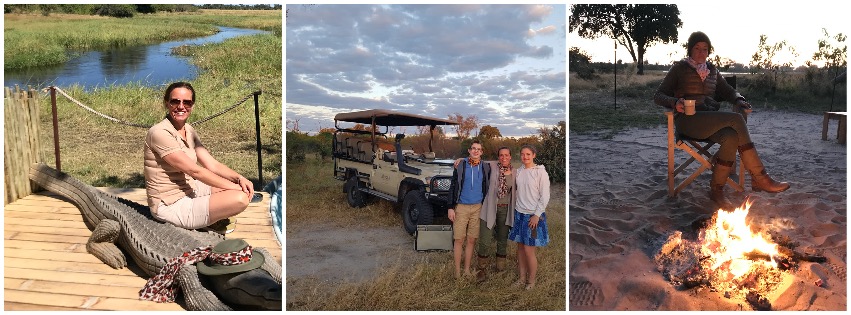
I am very grateful for my privileged life, my healthy family, my friends, and that our company has so far weathered the storm called Covid. Covid has restricted us in many ways, but it did not manage to take away my love for my job and especially my love for travel. My number one rule has always been, grab the opportunity when it presents itself and ignore anything that gets in its way 🙂
This is exactly what I did in early May. I missed my team in Maun and realized I needed to experience travel during Covid myself in order to share my knowledge with our agents. I ignored the so called experts and their warnings and went on a one month trip to Botswana and South Africa.
We flew with Lufthansa from Frankfurt to Johannesburg, our flight was on time, smooth and of course half empty. In Johannesburg we connected to Airlink, again the flight was on time and smooth. During the entire trip our printed versions of our PCR tests felt more important than our passports (by the way, we did our PCR tests in Frankfurt Airport at Centogene, results available within 6 hours – efficient and reliable). The tests had to be presented at all check-points. Starting at check-in in Frankfurt, at border controls, at the gate before boarding the flight. Again in Johannesburg in transit, at the gate and of course on arrival in Maun. What did I learn? As long as you have done your homework and have all paperwork at hand (and copies of all the papers) the ride is smooth.
For South Africa we had to fill in an arrival form which was handed out by the flight attendant before arrival in Joburg. This health form just asked if we had any symptoms etc. A similar form had to be filled in for Botswana. The flight attendant on the Airlink flight handed it out and we filled it in during the flight before arriving in Maun. At Maun airport, before entering the (new) airport building our temperature was checked, the form and the PCR tests were collected, a quick rapid test done (free of charge) and off we went into the brand new airport building which even has air condition 😉
I think the anticipation of travelling and not knowing what to expect makes people nervous. I can honestly say that once our journey started I was so excited, I knew nothing could go wrong.
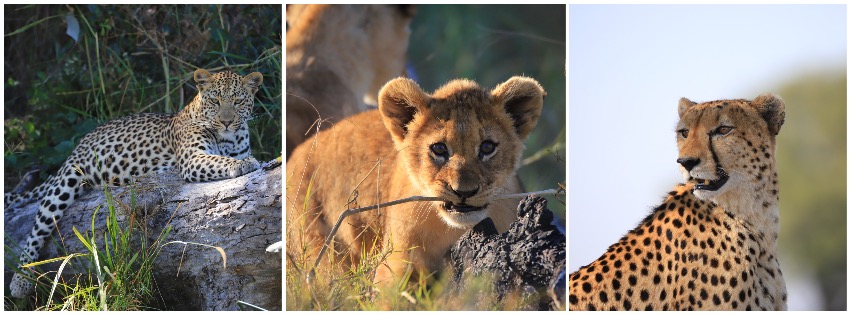
In Botswana we worked hard and every free minute was spent in the bush. We explored the new Khwai Leadwood by African Bush Camps, Splash & Kwara Camps by Kwando Safaris and Shinde by Ker & Downey. We had amazing safaris, breathtaking experiences and inhaled every bit of excitement.
For our journey to South Africa we needed new PCR tests, which we had booked with Pharma in Maun, their office is only a couple of minutes from the airport. They guarantee results in less than 24 hours and are a very reliable partner. All guests travelling with Safari Destinations enjoy the carefree service of SD. We prebook the PCR tests be it in the bush (a nurse flies into camp) or in Maun / Kasane / Vic Falls… we make sure results are received on time before travellers depart. The service can be added to the invoice, this way clients don’t have to worry about a thing and enjoy their safari.
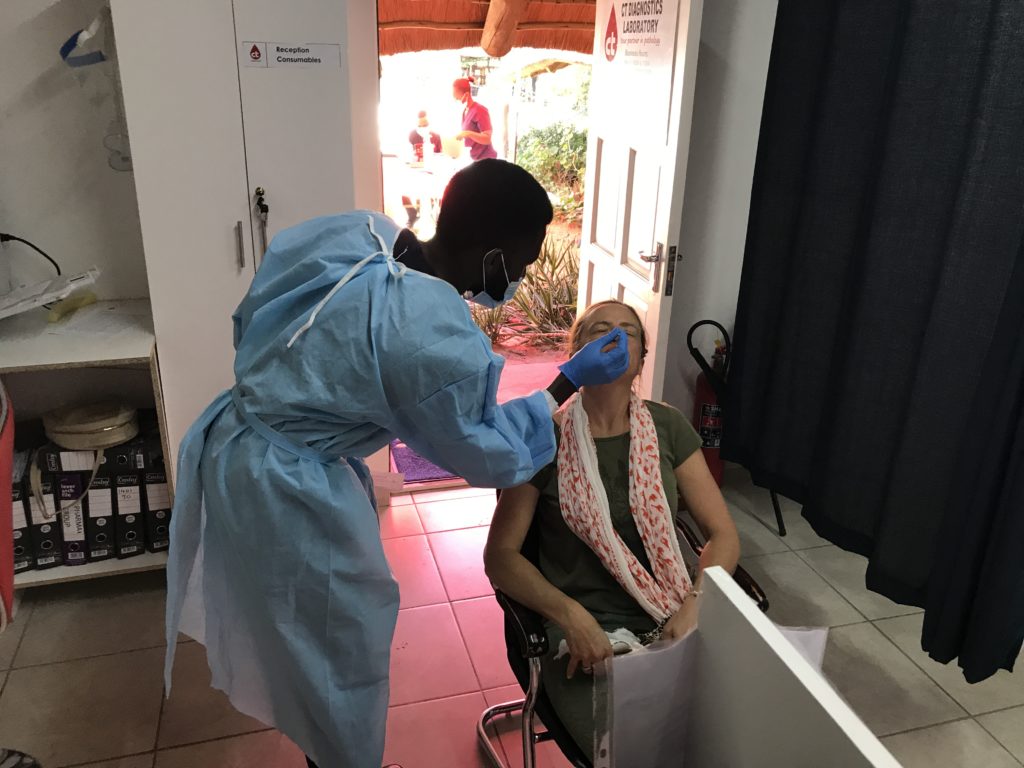
For more information please contact your dedicated consultant or info@safaridestinations.net
#WeLiveit
The FREEDOM of TRAVEL
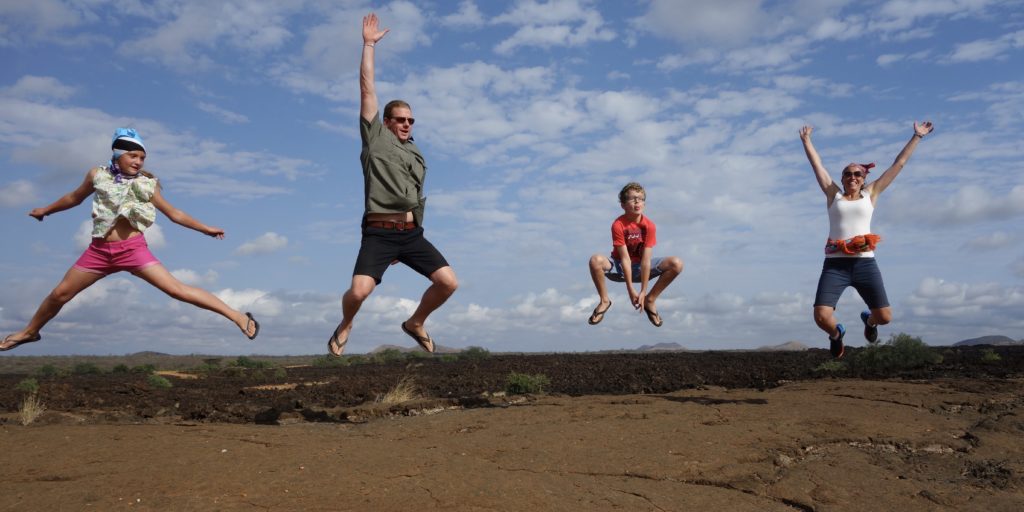
Travelling has always been one of the greatest privileges in my life. I first enjoyed this freedom in school, exchange programs to France and the United States opened my horizon, made me understand other cultures better and caused this urge to travel. I am sure you have heard about the Africa-Virus, funny to call it a virus since the word virus nowadays is directly linked to Covid. Well not long ago having caught the Africa-virus was something positive. Maybe I should call it the need for Africa, the thirst to inhale the smells of the air, the colours of the landscapes, the excitement of watching animals in the wild, I can never get enough of it. The last months have taught me that this FREEDOM to travel and all the positive emotions that come with it, is my key to happiness.
I miss the excitement of planning a trip.
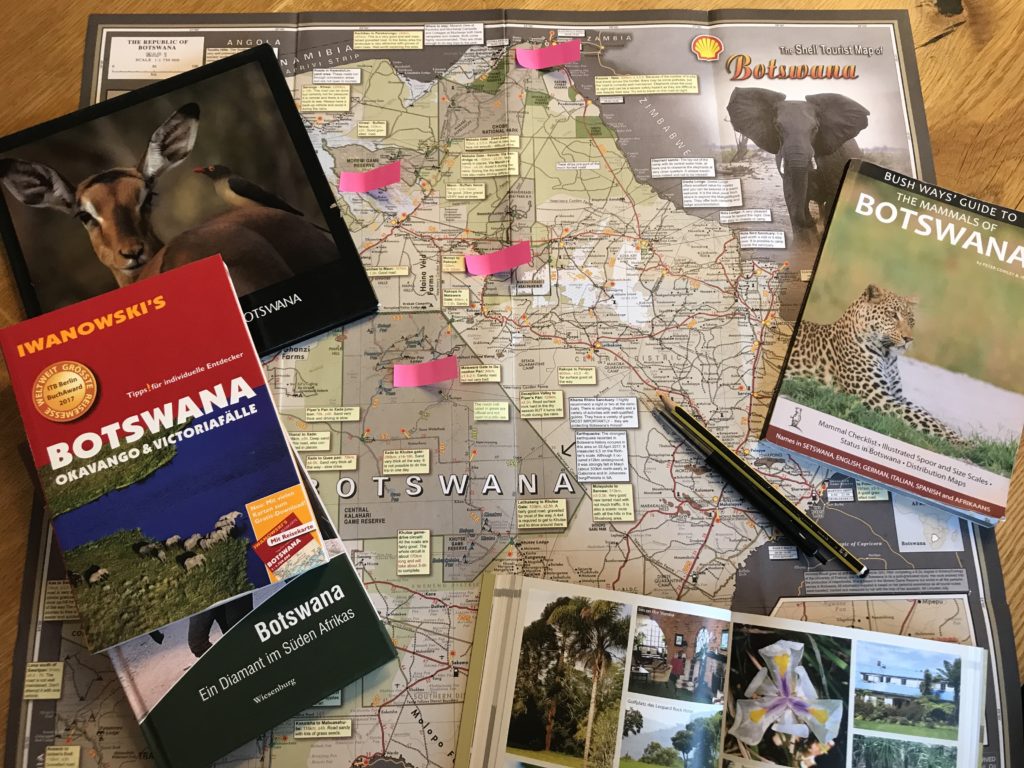
I miss the “Vorfreude”, a German word that perfectly describes the feeling of anticipation, you know something amazing is happening soon and the Vorfreude is almost as good as the trip itself.
I miss exploring new places and learning about other cultures.
I miss the preparation before leaving, the planning that goes into a trip – yes it’s my job but in my personal life I also can’t get enough of studying maps, reading about destinations and dreaming about going to new places.
I miss meeting new people.
I miss having the freedom of choice, the world has become a tiny place. It should be the opposite, by travelling to foreign places we learn how tiny we are in this huge and beautiful world of ours.
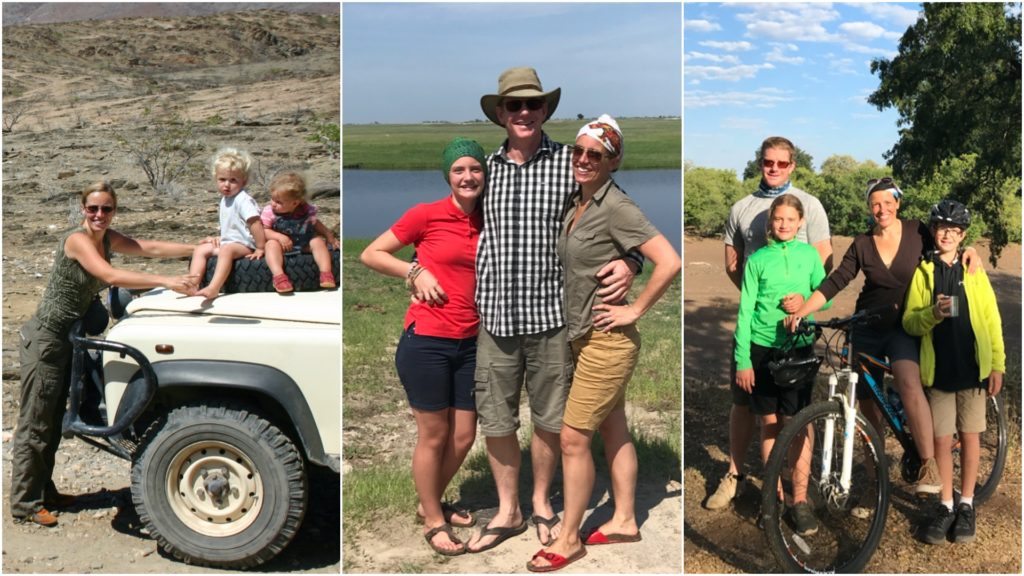
Our most important promise to our children is that we want to create memories for them and not to collect things.
The lack of freedom to travel is taking a toll on many of us. Lets hope that we appreciate the freedom of travel we had lost more once we have regained it. Lets hope that people will be more appreciative and thankful for the great gift of freedom of travel. Lets hope the way of travelling will change, that mass tourism gets less and that people actually want experiences and not just tick off boxes.
The Importance of Tourism for Communities in Botswana
There is something our parents always told us that as kids we probably ignored: You don’t realise how important something is, until you lose it.
It is well known that tourism is a critical economic development option in many countries, bringing in much needed foreign revenue. In Botswana tourism is even more important where it has been one of Botswana’s key economic sectors, contributing greatly to government revenue and boosting important macro businesses.
The mighty Okavango Delta and nearby areas such as Maun, Moremi, Savuti and Chobe attract thousands of visitors annually from all over the world. Tourism supporting the communities in these areas through employment and community development and where the payment of government taxes has allowed for the provision of free schooling and health facilities.
Tourism is not just about the big destinations and properties, or the transport and flight companies. It is also about the intricate web of small businesses and entrepreneurs providing travel booking services, day trips, guiding or poling experiences as well as the many businesses that contribute indirectly to the guest experience from providing well-built and maintained safari vehicles to growing and delivering the ingredients for a delicious meal. There are the many community trusts with stakes in concessions with campsites or lodges, all part of Botswana’s strategy of sustainable tourism.
However, at this point in time, not only has the regular and very welcome support of the local travel industry stopped, but international support has also waned, as the Covid pandemic wreaks havoc with economies and peoples’ lives. Without any warning, suddenly there are no travellers and therefore no income impacting thousands of people who may have no work, no or reduced salaries and therefore no or limited means of supporting themselves or their families. This is worsened by the fact that there is no way of knowing when the industry will start to recover.
The Botswana people have a culture of coming together to resolve and face challenges head on, and this time is no different. In the midst of these chaotic and troubling times, we are proudly watching NGOs take the lead in communities to ensure that the most vulnerable are taken care of. Safari Destinations’ own community liaison co-ordinator, Tara Theron, has been working closely with these NGOs to see how we can support them, now and in the months to come. The Government, with the support of the private sector, is going all out to support and assist in a variety of ways. One of these important initiatives is to ensure that everyone has food. We are Proudly Batswana, and are thankful to see the great spirit of BOTHO being ever present. We will continue to bring you reports of what is happening on the ground.
One of the other sayings my parents would regularly say in my childhood when things were tough or something bad happened: Every cloud has a silver lining. While 2019 was a year of drought for Botswana with poor floods for the Okavango Delta, it was a good year for the landscape of the Delta allowing land usually under water to provide more grasslands for antelope herds, more grass means bigger herds. And now in 2020, we are seeing one of the best years yet for the beautiful Okavango Delta in terms of the spectacular flooding of the Delta. The way nature has rebounded teaches us valuable lessons in recovery and hope. We hope you will come and share this wilderness with us soon.
Please don’t cancel your dream-safari. Postpone. Help us protect Tourism, and by doing so, you are positively impacting thousands of lives.
Bana Ba Letsatsi, Maun
Getting goosebumps in Mashatu!
We all know northern Botswana and the fantastic wildlife areas of the Chobe and Okavango. But did you know that Botswana has a ‘toe’ in the south that is also a phenomenal wildlife haven where cheetah are seen almost every day, 92% of the year is rain-free and there are eight rivers for plenty of grazers to thrive?
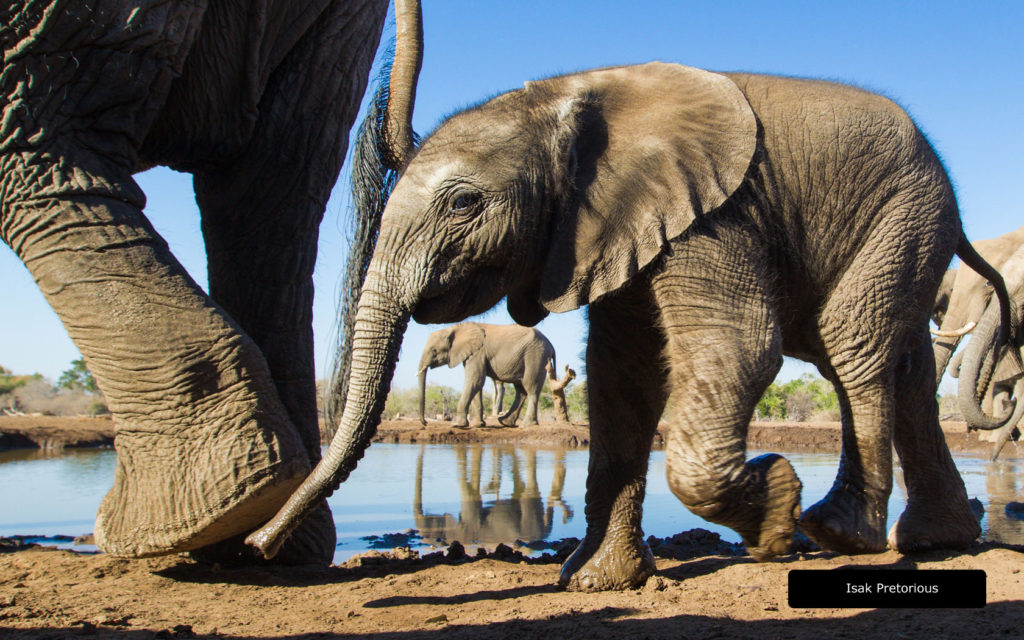
Yes, Mashatu Game Reserve is in the part of Botswana that juts out to share a border with Zimbabwe and South Africa – just like a little toe! Here you find 29 000 hectares of unfenced private land – not a concession but privately owned by three generations. Over decades, careful land management has resulted in regular sightings of leopard, lion, cheetah (14 new cubs were born in 2019 alone), brown hyena, bat-eared foxes, African wild cats and honey badgers. Kills are also often observed as the wide-open plains lend themselves especially to cheetahs’ and lions’ hunting styles. We agree with Mashatu’s claim that they, ‘sell goosebumps’ and their exciting predator action is enough to give you (never mind the poor antelope!) plenty of goosebumps!
Mashatu is home to at least 700 giraffe and the largest recorded herds of elephants on private land in the world – between 200 and 300 individuals have been seen moving together. Bird nerds should look out for unusual species like Meyer’s parrots and green parrots. When it comes to spotting these animals and birds, you’re in the safe hands of the Mashatu guides, who have – on average – 14 years of guiding experience each. The trackers sit at the back of the vehicles so they can interact with the guests in the back rows. Once they’ve got five years’ tracking experience under their belts, they can move upfront.
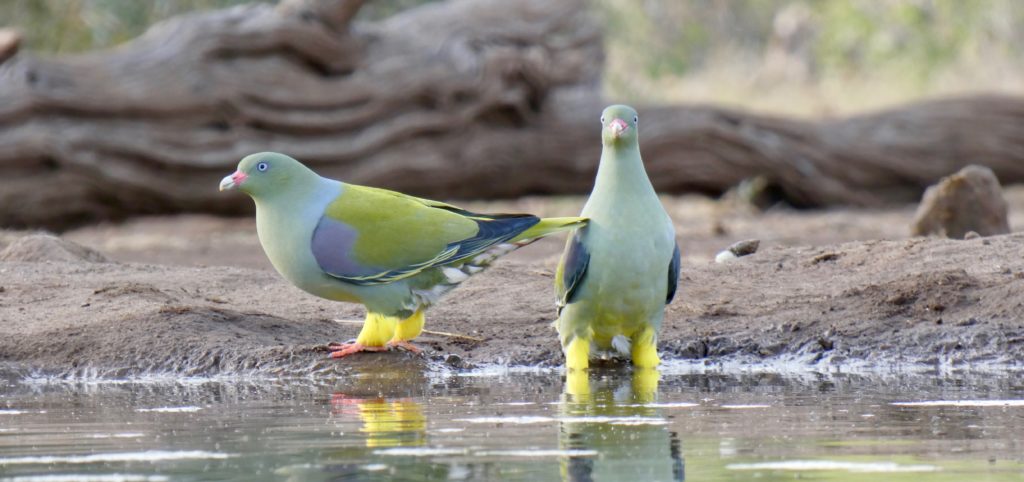
In addition to game drives, there are multiple other ways of seeing Mashatu. Cycling safaris are easy because they follow the flattened elephant tracks (there is an age restriction of 12 and a back-up vehicle follows at a distance of two kilometres). Intermediate riders (must be able to canter with confidence) can saddle up one of the over 40 horses on the property and walking is also available.
If guests don’t feel like breaking a sweat, they can watch plenty of game come down to the underground hide where a professional photo guide is available to help them make the most of their cameras and phones. Beanbags, tripods and mounts are all for guests’ complimentary use.
Before BTTE 2019 in Kasane, we had the opportunity to do a fam trip with agents to Mashatu, where we were hosted for two nights by Kelly Evans. This is easily a 4- to 5-night stay destination as there is so much to see and do here.
We loved being on safari in this secret corner of Botswana and recommend incorporating it into an itinerary for your clients for the following reasons:
Flight connections between Mashatu and the Okavango Delta are now easier than ever, with seat rates available to travellers. It’s now much more convenient and cost-effective to fly into the south of Botswana.
Botswana Immigration – if you’re flying in from Zimbabwe or South Africa – is done at Limpopo Valley Airfield, where you’ll be queuing with a maximum of 12 other people. Our group had the immigration counter all to themselves and were done in 15 minutes. Of course if you’re flying from the Delta, you skip this step.

The game viewing is phenomenal. We saw two cheetah kills in two days as well as mating lions, stalking leopards and plenty of plains game. Kelly still felt the need to apologise that it was ‘quieter than normal’!
The variety of activities and size of the area make it a natural fit for a longer, more relaxing stay. In two days, we did two game drives, a bicycle safari and a morning in the photo hide, and STILL didn’t have enough time to get to the area’s fascinating archaeological sites or the horse-riding excursion.

The photo hide isn’t just for professionals. Superb Mashatu photo host, Aubrey, showed our group how to make the most of their iPhones for photography and composition – and we learnt about settings we never knew existed.

With three properties on offer at different levels of budget, there’s a camp or lodge to suit everyone. Opt for Mashatu Tent Camp for entry-level accommodation, Mashatu Lodge for mid-range clients and Mashatu Euphorbia Villas (will open in May 2020) for those who want to splurge. The villas will have heated plunge pools, Wi-Fi and air conditioning plus views over the landscape.
There’s no ‘real’ Green Season here. You’ll find carpets of wild flowers from January to March but the grasses are still short and the rainfall is much less than in the rest of the country, making it a great option for small groups continuing to the Okavango Delta on private charter, or just doing Mashatu as a stand-alone.
The landscape and habitats are totally different to northern Botswana, lending a fantastic contrast to the Okavango Delta and Chobe National Park, both in terms of expected wildlife sightings and the landscapes to enjoy it all from.
If you want goosebumps and a huge thrill, Mashatu might be the place to find them!
Mashatu forms part of our 9-nights Best Kept Secrets Superior package – see how to link the Delta, Mashatu and the Victoria Falls for your clients here.
Should we tell you about Gonarezhou…?
… OR KEEP THE SECRET TO OURSELVES?
Imagine a place with trees so beautiful they make you ‘treedrunk’,
Imagine a place where around every corner a different antelope can be discovered,
Imagine a landscape diverse and exciting, from river beds and sandy beaches to open grasslands and forests,
Imagine majestic elephants wandering in front of the bright red sandstone of the Chilojo Cliffs,
Imagine a completely untouched wilderness,
Imagine a community that understands the importance of protecting their heritage, their environment and especially their trees (the people in the Mahenye village rather walk for kilometres to collect firewood than cut down the trees around them),
Imagine a man who understands that for the local population to care about protecting wildlife, they have to benefit from wildlife. Clive Stockil is this man; he is the founder of Chilo Safari Lodge. Clive has dedicated his life to solving human-wildlife conflict. He is the father of CAMPFIRE (Communal Areas Management Programme for Indigenous Resources). He explains it this way: “If you are a conservationist, your problem is all about space, so deal with human pressures first. CAMPFIRE has turned conflict into co-operation and everyone has benefited. The community is happy, the parks are happy and the animals are happy. Everyone wins.”
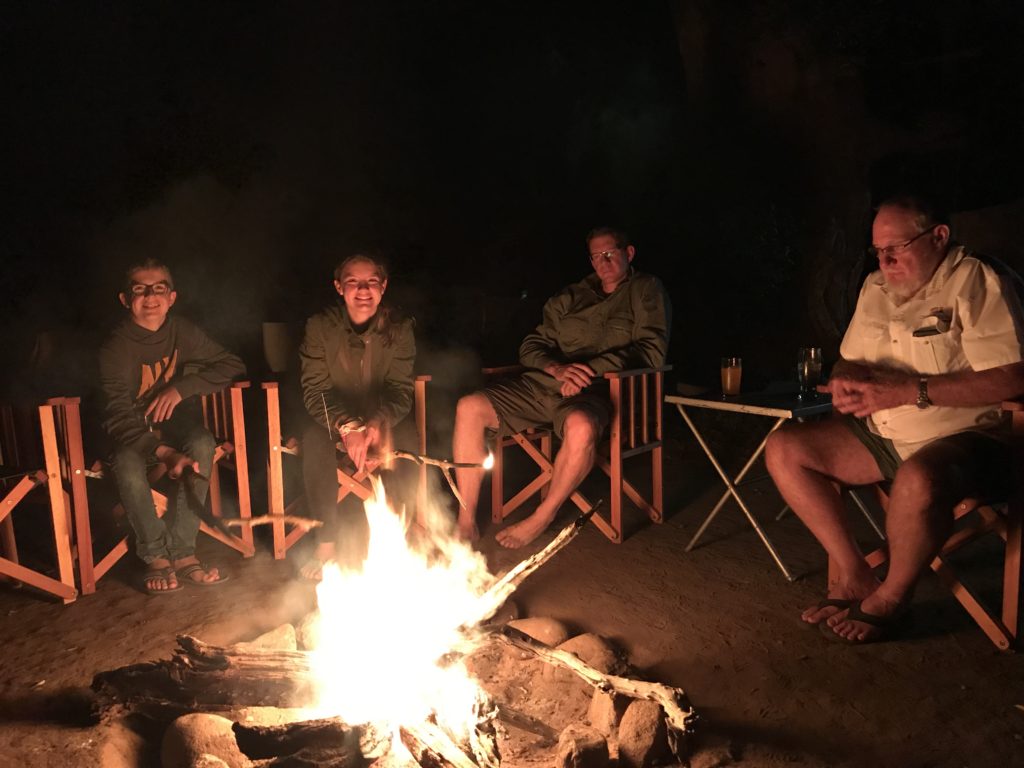
Gonarezhou means ‘The place of elephants’. There are special places in Africa where you truly feel at one with nature. Gonarezhou is one of them. I was blown away by the diversity of fauna and flora.
The remoteness of Gonarezhou is a mixed blessing. Access to Gonarezhou is easiest from Harare via small aircraft. The flight takes around 90 minutes and arrives in Mahenye, which is the closest airstrip to Chilo Gorge. Clients flying in from Johannesburg are recommended to fly with Federal Air into Buffalo Range (currently two weekly flights on Mondays and Thursdays); the road transfer from Buffalo Range to Chilo is about two hours long.
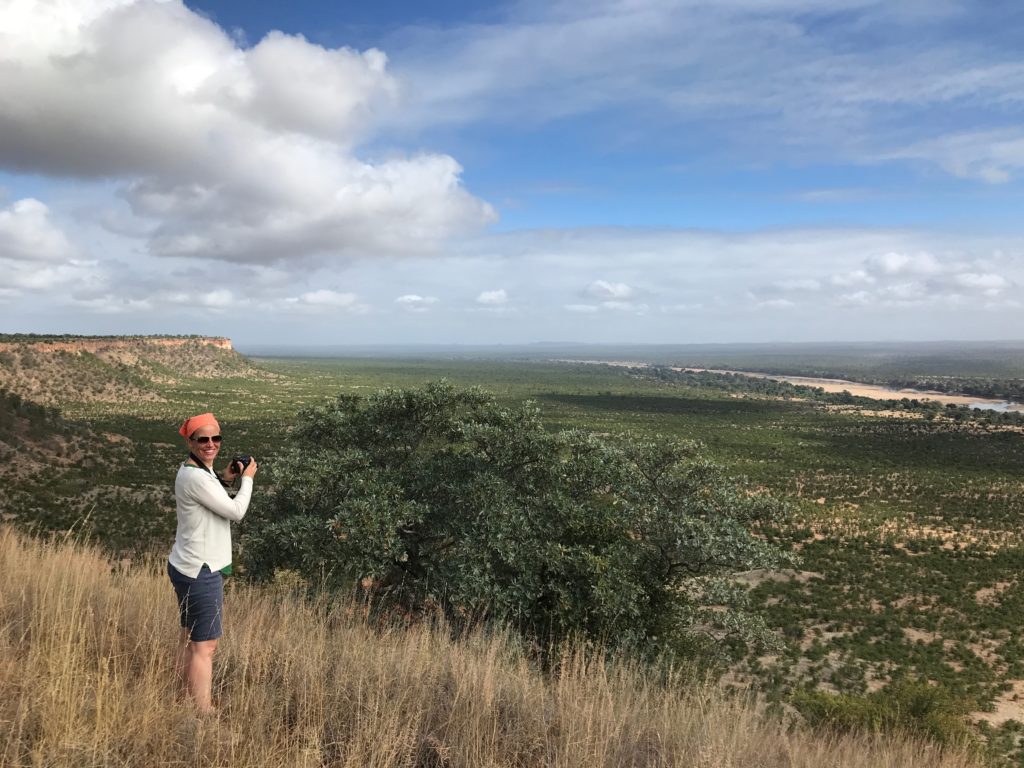
Gonarezhou is the place to be if you want to be ‘treedrunk’ after only an hour of safari, never mind the multitude of birds we saw, the incredible variety of antelope, buffalo, crocodiles and elephants. Just the trees alone are intoxicating…
Imagine every few hundred metres a beautiful baobab, thick, tangled riverine forests full of jackalberries, bizarrely bent rain trees, stoic leadwoods, ruffled African mangosteens… It’s almost too much to process!
2010 – 2019: A decade of change at Safari Destinations!
Think back to 2010… Nicholas Sarkozy was president of France, Barack Obama was the president of the US, Ian Khama ruled Botswana and Angela Merkel was chancellor of Germany (OK, some things change faster than others!). The best movie at the Oscars was The Hurt Locker (we had totally forgotten about that one) and the top songs were by Ke$ha, Train and Lady Antebellum (who, who and WHO?). There was no Instagram until October of that year, Nxai Pan and the Central Kalahari Game Reserve had no permanent camps, Natural Selection didn’t exist, and who would have thought that AirBnB or Uber would grow so quickly?
Things were very different then and no more so than at Safari Destinations. Our little company was just four years old. Our office was above Mack Air opposite the airport and we had about 15 staff, half of which are still with us today. 2010 was the year when Lorraine and I started searching for a new home for our business, which we found only a couple of kilometres down the road. We bought our new premises in 2011 and thought we would never need all the space – hahaha, were we wrong.

21st century technology
In those long-gone days, most of us still worked on large desktop computers and used the small but efficient Nokia 5300 mobile phone. The fax machine still played a key role (remember how the ink faded right at someone’s phone number?!).
Kay, reservations manager, recalls the prehistoric days before the IT revolution, ‘We used to do everything ourselves: no personal administrators or fancy systems.’
Karen, reservation supervisor, who was the sixth employee to join in June 2008, agrees. ‘When I started, we were quoting manually using Excel and we were also doing all clients’ documentation manually, too, which used to take hours. Now, we have a clever system that works out costs and pulls documentation like invoices, vouchers and confirmations.’
The longest-standing staff at Safari Destinations agree that the biggest change the decade has brought is the colossal change in technology.
‘It really has changed my job in a big way,’ says Angela, Travel Experiences manager. ‘We used to carry a huge manual file with more than 60 Operations Reports when going to the airport to meet clients and, believe me, it was HUGE… Every time you received a call from a supplier, agent or client, you would have to find a little corner in the terminal and flip through the file as fast as you could in order to retrieve information. Today that big black folder has been replaced by a single tablet.

The Travel Experiences team
Angela touched on another big change over the decade: the development of a specialized and highly skilled Travel Experiences team that handles all client meet & greets at Maun International, smoothing arrivals and departures, handling lost luggage, welcoming clients and everything in between.
The Travel Experience team in 2020 makes a big difference to a client’s overall experience and are very appreciated by the rest of Safari Destinations. Kay and Karen remember having to drop consulting in order to race over to the airport to meet their clients, then race back again. ‘Back then, each consultant had to go and meet their own clients. There was no such thing as a “Travel Experiences” team. I must admit, I’m very happy we do now have a Travel Experience team!’, laughs Karen.
People first
But no matter how sophisticated the technology became, Safari Destinations always put people first and the years between 2010 and 2020 saw some incredible projects for staff and the community.
As a mom of two girls herself, Karen appreciates Safari Destinations’ focus on boosting the next generation. ‘The support the company offers parents who have children is one of my biggest highlights of the past decade. Allowing our children to physically be on the office premises in a cottage (known as the Kiddies’ House), being supervised, whilst we can work is a massive benefit.’ This development was ahead of its time in Maun (and actually the rest of the world) and support for working parents is a growing and welcome global trend into 2020.

‘One of the biggest projects,’ says Lorraine, ‘is the vision to build a school and after-care facility for the Bana Ba Letsatsi (BBL) underprivileged children, a dream come true and a testament to the meaningful contribution Safari Destinations and our partners have made through tourism. The long-awaited building will be started in 2020.’
Other notable community-engagement projects include the start of the ‘Magic Bus’. This is a mini-bus that is sponsored by Safari Destinations and gives transport to especially the elderly of Maun, who may otherwise have to walk long distances to attend a clinic or go shopping.

To celebrate Botswana’s 50 years of independence in 2016, staff took part in the ‘500 Man Hours’ project that encouraged them to collectively give 500 hours of time to community projects. Today, Safari Destinations works closely with the Maun Animal Welfare Society (MAWS), Women Against Rape (WAR), Bana Ba Letsatsi (BBL) and many others. Many in the industry are also aware of SD’s work with Sekgoma Primary School, the bed night bank, Travel for Impact and various drives for donations of winter clothes, blankets and foodstuffs.
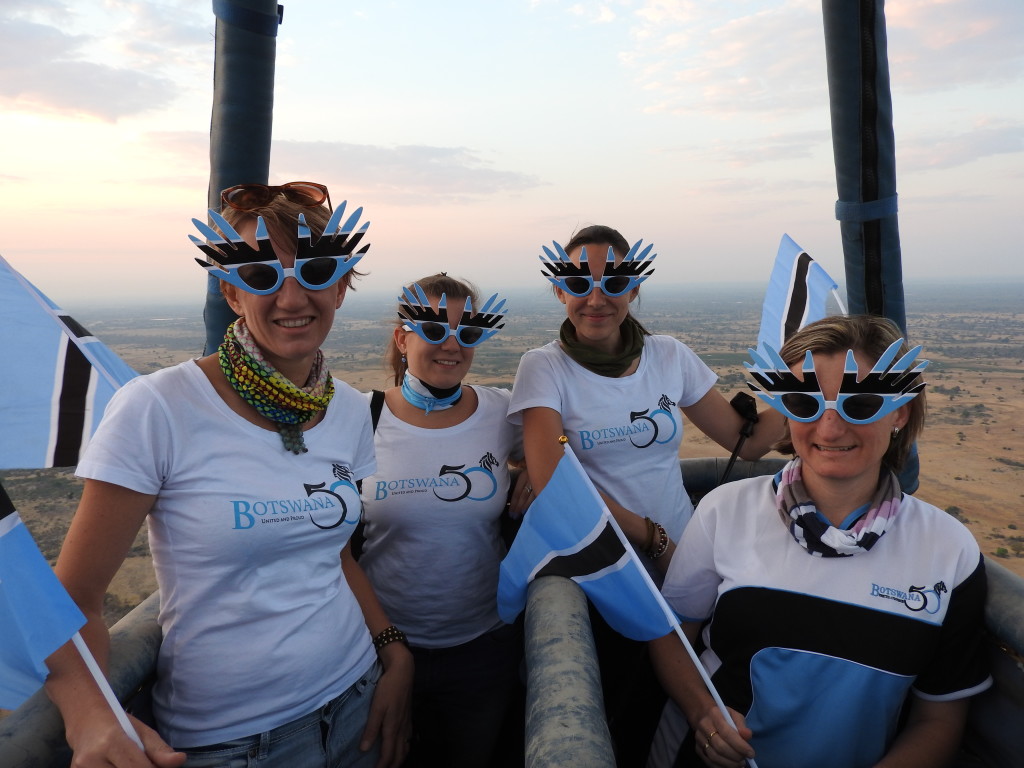
‘People’ also refers to how Safari Destinations finally started employing the so-called ‘stronger sex’ (ha! Us ladies change tyres, set up tents, dig game-drive vehicles out of sand AND give birth!). ‘The number of men employed is also a big change. In 2008, when I joined, employing men was not in the pipeline; however, once more women joined the company, there was a definite need for some male company!’, jokes Karen.

A maturing industry
As Safari Destinations grew from a toddler to a teenager over the decade, the broader safari industry also matured radically. Everyone agrees that far more players have entered the market, bringing fresh ideas and new people, and making every supplier raise their game to stay competitive. Often this had meant a new level of luxury: wine cellars, Wi-Fi, media rooms, gin bars, specialist spa treatments and à la carte dining were all virtually unknown in 2010.
As Angela says, ‘Suppliers have had to keep up with trending luxury décor in order to stay relevant while not destroying the authenticity of the camps or environment.’ ‘Yes,’ says Karen, ‘More properties are popping up, which means new players as well. The upgrading or rebuilding of a lot of properties to a very high-end level means some products are far more luxurious now than ever before.’
And keeping up with times means the decade also saw huge shifts in how it uses technology.
‘Smart-phone technology and websites being a go-to place for people to do research has been a big change. There is so much more access to information now,’ adds Karen.
‘Social media is a plus. It makes it so much easier for all concerned to get the message out there and also for clients to dream up and plan exotic holidays. Wildlife documentaries, viewed across the world, are also a plus but trying to get an 8-10-day trip to compare with a documentary that is five years in the making, is sometimes challenging, to say the least! Luckily, we rise to the challenge!’, laughs Kay.
‘The rise of social media over the past decade has changed many things,’ agrees Andrea. ‘In some ways, thanks to smart phones and social media, travel is less about the experience of being in moment now and more about what you can post to Instagram later… Every camp now needs a few corners that are highly Instagrammable. It’s the same with some sightings: if the light is low or branches are in the way, then there’s no point in stopping for a photo for some guests. Some clients want the exact experience they’ve seen on Instagram – unfortunately, the elephants aren’t trained to drink from the same swimming pool at the same time every single day!,’ she jokes.
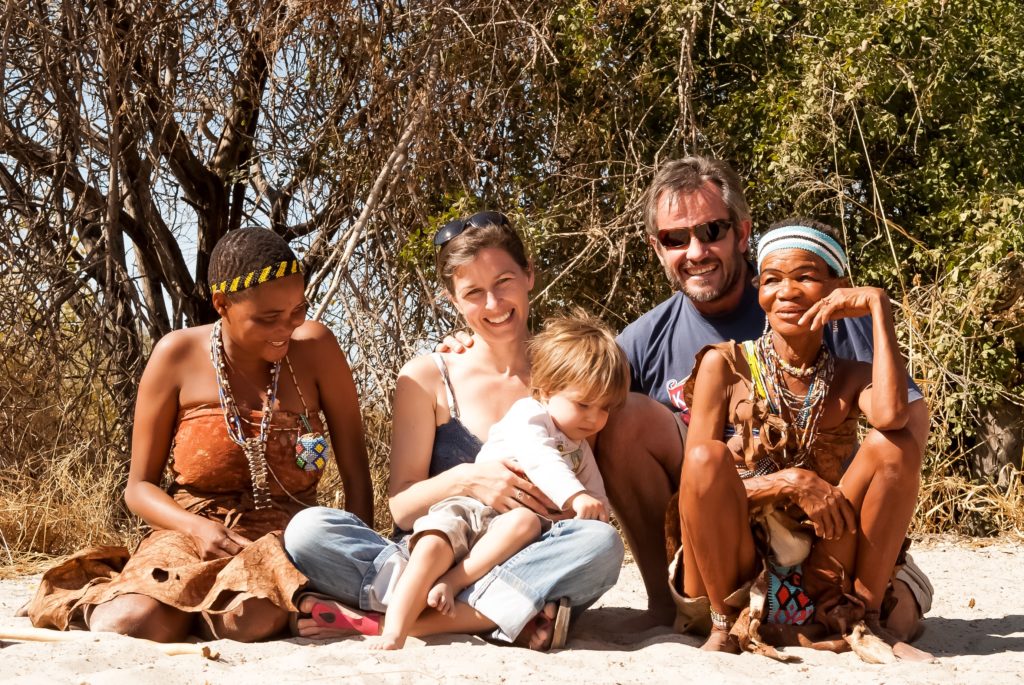
‘Social media also allows for a lot of information, which is a good thing as Karen says, but sometimes that information is put out by amateurs who get things wrong. TripAdvisor is now a staple source of information for clients that they trust without knowing the full story of a stranger’s holiday – a good camp may get a bad review for something beyond their control. As professional consultants and experienced experts, knowing what product would suit which clients is a skill that cannot be replaced by a single TripAdvisor post.
As Kay says, ‘with more and more beautiful videos and photographs appearing online every day, we need to remember that they represent just one moment of a safari. A photographer chooses a single perfect image from a whole journey. For us, the fun and excitement remains in finding sightings, having great guides, smelling the wild sage, hearing the bulbuls call to each other and seeing remarkable landscapes – not in reducing it all to a few pixels on a screen.’

A decade of good laughs
While it’s never easy to grow a business from strength to strength, it is certainly made a lot easier if everyone has a good sense of humour. The Safari Destinations employees who’ve been around since 2010 and before have shared plenty of jokes and funny anecdotes over the years.
Kay groans at some of the crazy requests… ‘We’ve been asked to provide a double room with a sea view at the Victoria Falls Hotel! Once a client was disappointed because they couldn’t take a mokoro from Nxamaseri to Tsodilo Hills to see rhino!’ ‘Oh, that’s nothing,’ says Karen with a straight face. ‘I was once asked if the clients would be able to see unicorns on safari…’
Travel is a big and often stressful part of our jobs as we have to see as many properties as possible, make extensive notes, take photos (and videos now with our phones – unthought of in 2010!) and remember countless names, numbers and facts. But even educational travel has it’s funny side: Lorraine and I were once hosted at Baines’ Camp by Sanctuary Retreats.
‘They ran us a romantic bubble-bath following the afternoon activity that we had no choice but to use. So, we had fun taking a picture of the two of us fully dressed in the bath!’

We’re all looking forward to seeing what advancements, achievements, jokes and memories the next ten years will bring us!
Top 5 Armchair Safari Spots in Botswana and Zimbabwe
I often get asked which places I would recommend for a relaxed armchair safari. Safaris can be exhausting: early mornings to catch the predators hunting, late nights watching ‘bush TV’. Having done numerous safaris and often rushing from one place to the next to make sure we know all the camps we are offering, I came to realize that a slower pace is the way to go. If clients insist on seeing many different areas they often don’t have enough time to stay three nights in each camp. In this case, I highly recommend adding the occasional ‘armchair destination’ into the itinerary, where guests can enjoy an afternoon spent in camp, watching the animals from the comfort of their lodge.

Carina enjoys an armchair safari in Nogatsaa.
Pick #1: Meno a Kwena Tented Camp, Boteti River, Botswana
This camp has been one of my favourite places since about 2004. It is situated above the Boteti River, offering stunning views of Makgadikgadi Pans National Park. Its unique location guarantees outstanding game viewing from camp. All tents are built along the edge of the cliff. The best time to travel is between April and November when the zebra migration arrives along the Boteti in search of life-giving water. The camp offers an authentic San Bushmen nature walk, full-day trips into the Makgadikgadi and, for guests that stay a minimum of three nights, a sleep-out under the stars in the middle of the vast nothingness of the salt pans can be booked.

Pick #2: Nogatsaa Pans Lodge, Chobe National Park, Botswana
Nogatsaa had been on my list of camps I needed to visit since its opening. Years ago, I had been camping in this very remote part of the Chobe National Park and loved the area since then. When the owner of Ghoha Hills told me about his plans to build a safari camp in Nogatsaa I was super-excited. The camp is situated on the edge of the Nogatsaa Pans, which have water pumped into them throughout the dry winter months. The pan is one of the few reliable water sources in this harsh area, making it a hot-spot for large herds of elephants. It is the perfect spot for a relaxed armchair safari: guests don’t need to leave camp, they can watch the animals come to drink. We saw hundreds of elephants, buffalo, giraffe, roan antelope, waterbuck, kudu and even a resident baby hippo during our stay. Access to the camp is by road from Kasane; the drive takes about two-and-a-half hours.

Pick #3: Deteema Springs Camp, Hwange National Park, Zimbabwe
Deteema Springs opened in May 2019 and is the second addition to the Machaba Safaris’ portfolio in Zimbabwe. The camp was built on the old Deteema Picnic site, a very popular spot with Hwange visitors. The national park authorities asked that the design of the new camp incorporates the old picnic site and the architects did an excellent job. This tented camp is super-comfortable and offers amazing views over the springs and towards Deteema Dam. Guests can skip an afternoon activity and enjoy the comfort of their veranda to watch the elephants come down to drink from the fresh-water spring.

Pick #4: Savute Elephant Lodge, Chobe National Park, Botswana
The Savuti region in the Chobe National Park has been especially famous for its large lion pride, the Marsh Pride. They had to adapt to the super-harsh environment of this intriguing place in order to survive. This group of sometimes up to 30 lions have become experts in hunting elephants – a spectacle that can’t be guaranteed but one that anyone who has witnessed it will never forget. Savute Elephant offers its guests a comfortable place to relax and enjoy the environment. The hide underneath the terrace and pool offers amazing views over a busy waterhole that gets pumped all year and attracts lots of animals during the day and night.

Pick #5: Kanga Camp, Mana Pools National Park, Zimbabwe
Kanga Camp lies hidden in the backland of Mana Pools National Park. Its unique attraction is the super-busy waterhole right in front of camp. The animals know that Kanga Pan is the only reliable source of water in the area and they make use of that knowledge. Guests can enjoy a delicious lunch on the main deck while watching the elephants come to drink. This authentic bush camp consists of six comfortable tents and guests get a true bush feeling in this remote part of the park.

